March #10: Construction Restructured

In a March like this one, one can easily observe how much ahead in temperatures we were last year. Everything is colder, and only at the end of March can I see my trees waking up—which is a good thing! Right at the end of February, the Arctic jetstream visited us here in the middle of Europe, kicking the temperatures well below freezing point. That's quite normal and a good thing… if we forget that a wandering jetstream by itself is a very bad thing. Thanks to this and the fact that the North Atlantic Ocean is finally cooling down again, the weather in March is closer to what we are used to.
The season's slow start also means I have more time for all the preparations I need to do in the garden without rushing anything. I've decided to expand production and increase spending on the RnD department—but I'm getting ahead of myself because I'm excited.
Look at it go!
the 50 shades of nightshades
I like March for its high hopes, excitement, and immediate results. My peppers are growing right in front of my eyes—like—I hear them grow. They went from having a few pairs of true leaves to their first flower buds in only about one month. This year, I did something exceptionally right because all of my peppers survived, and I even have a lot of leftovers for friends and family.
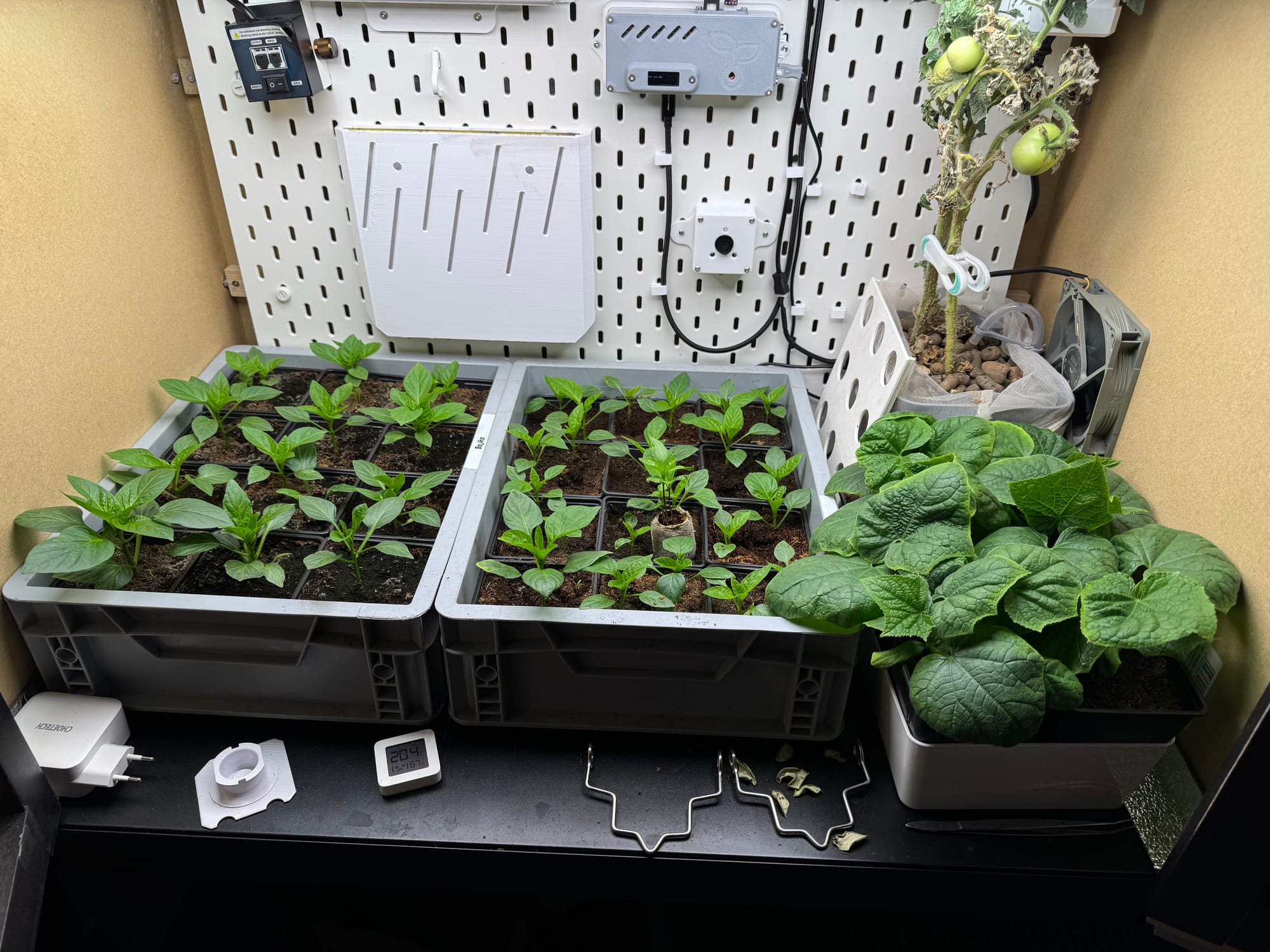
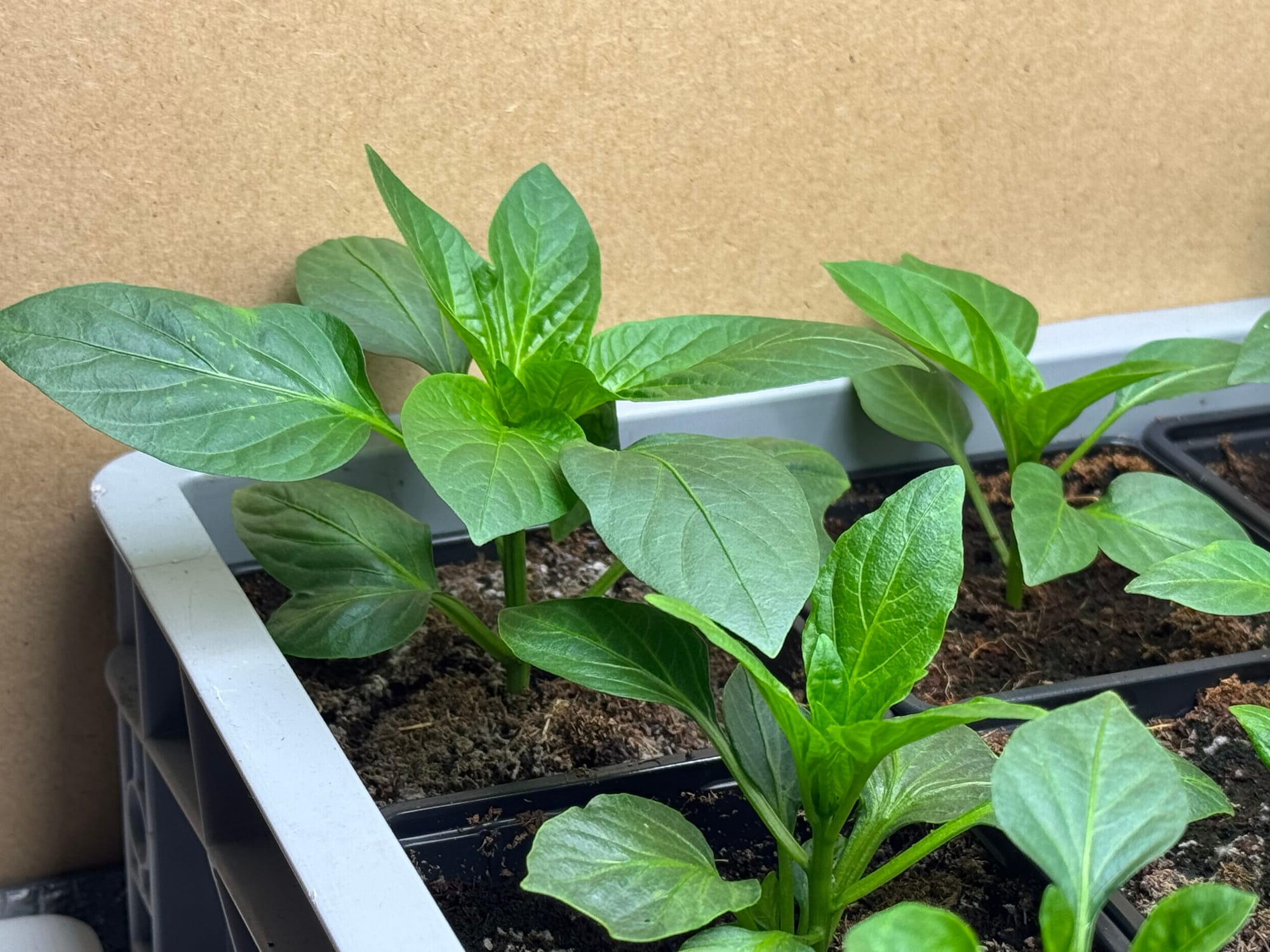
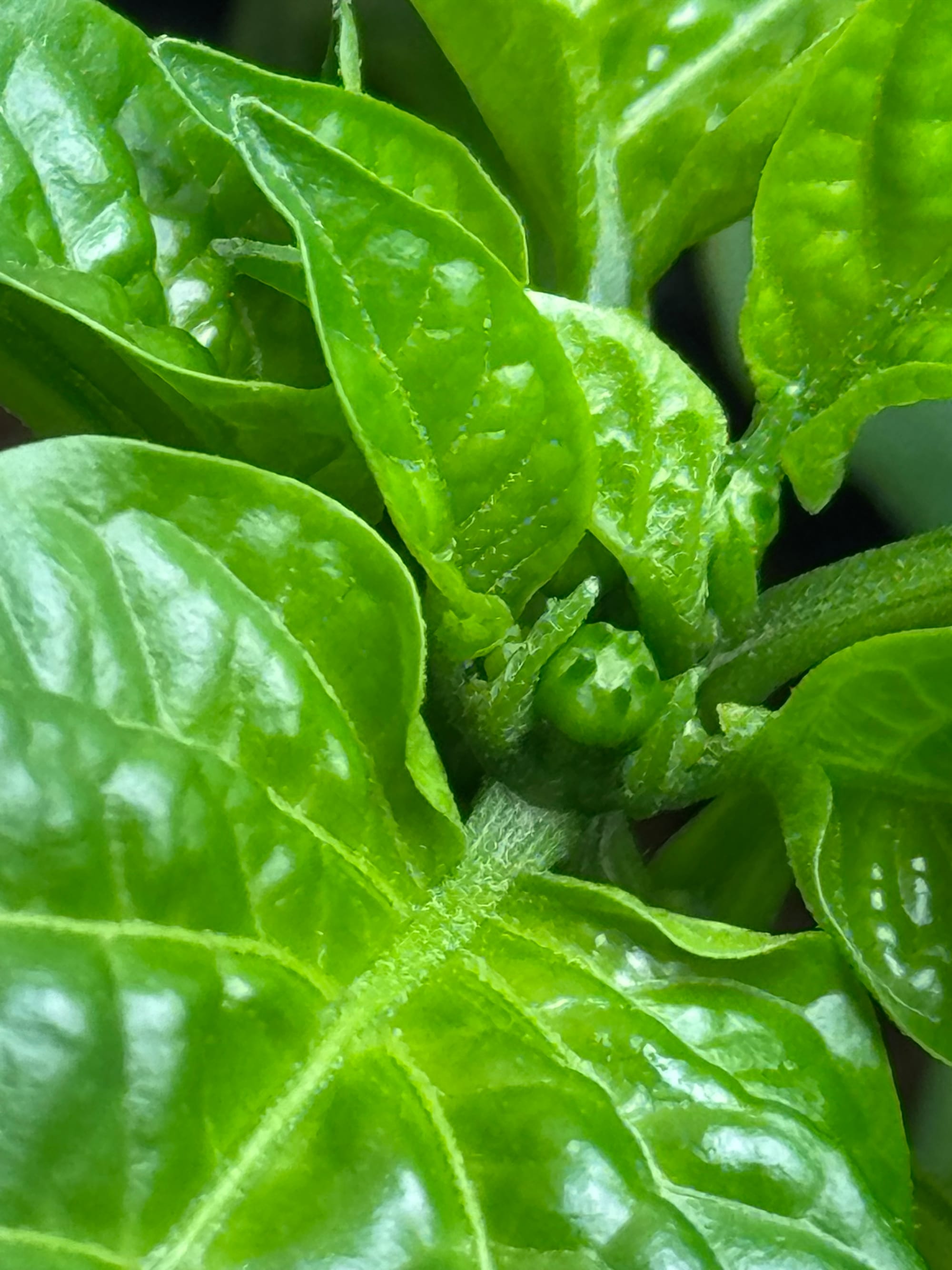
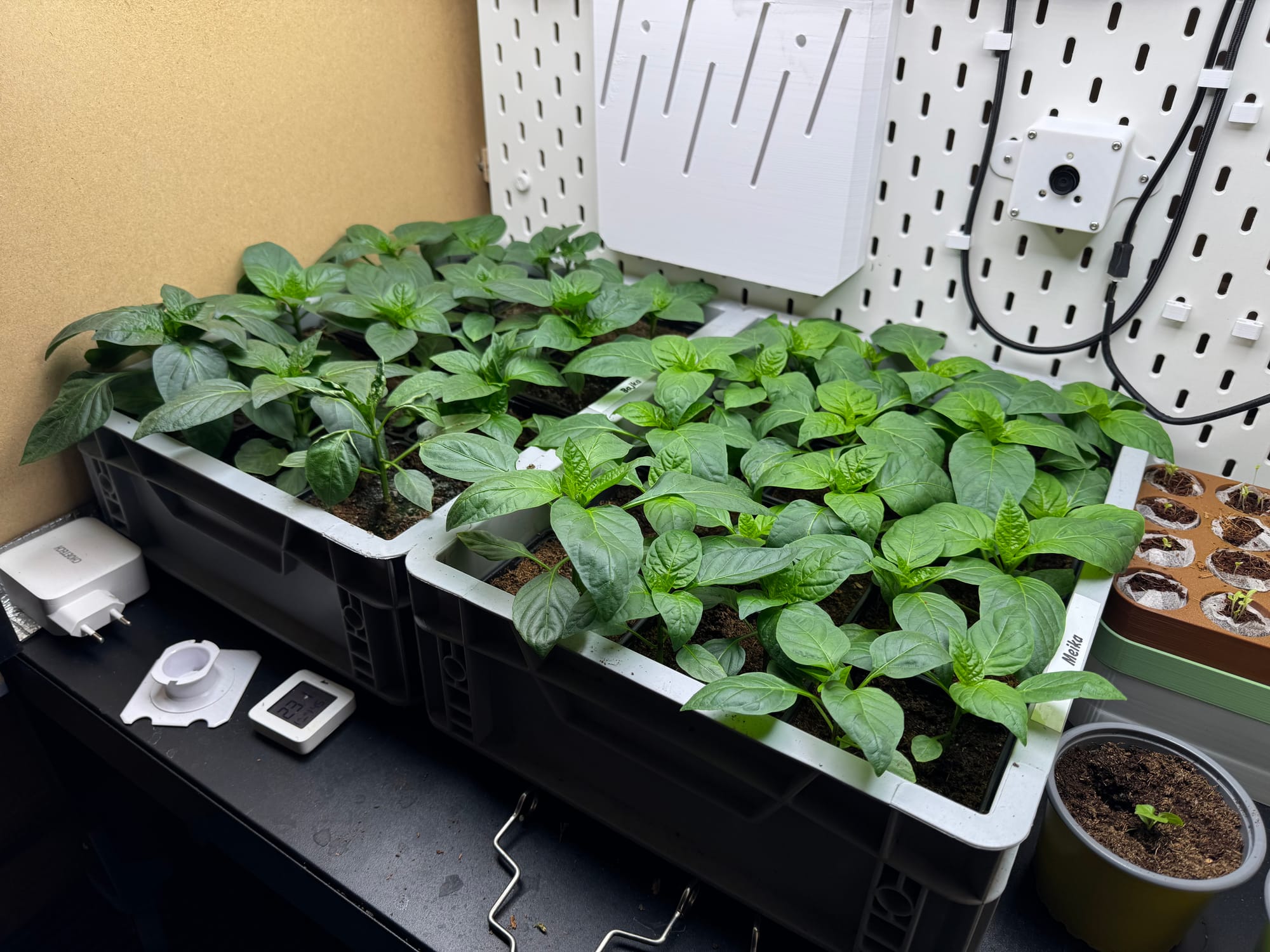
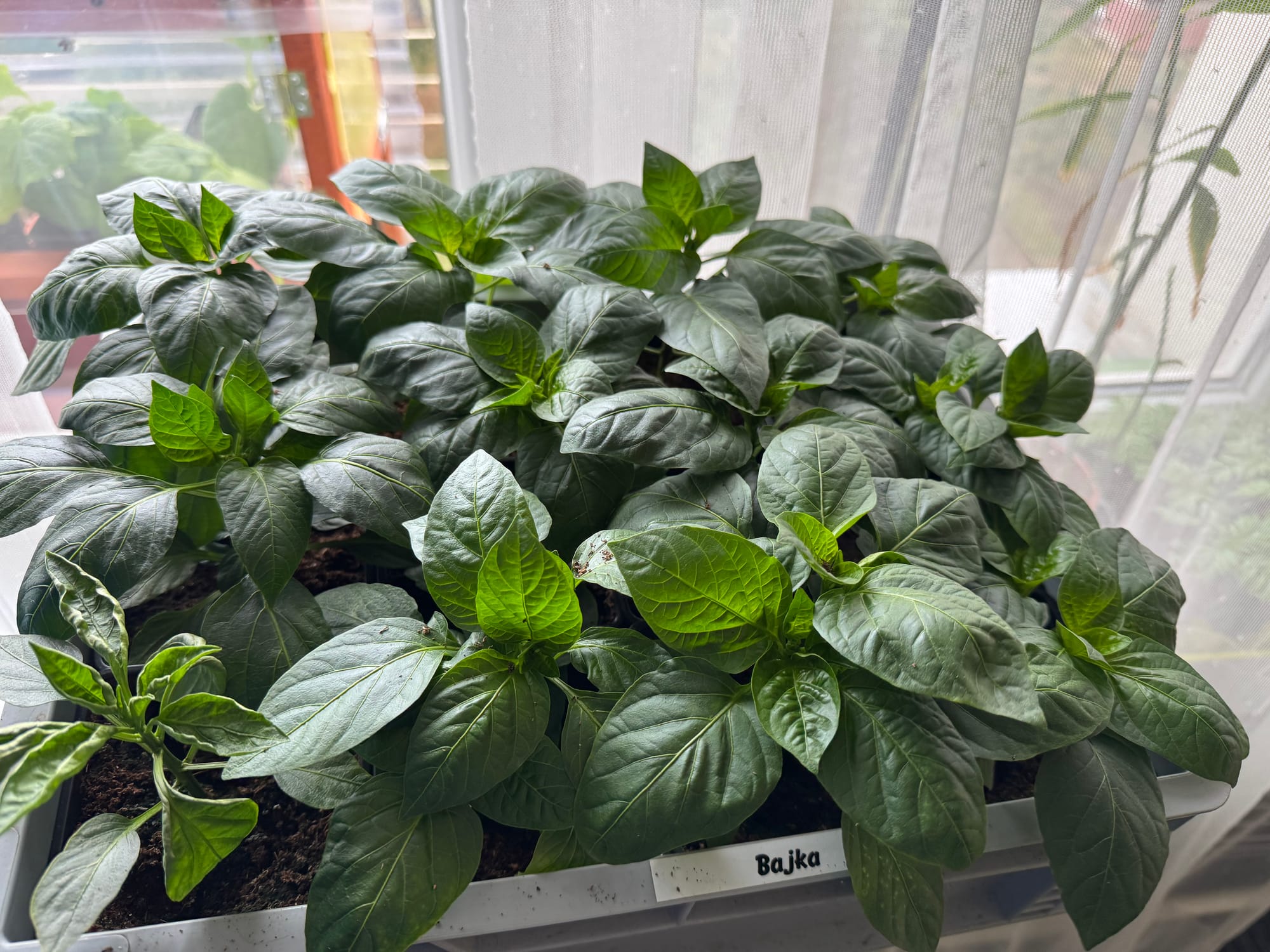
As you can see, I have a lot of peppers this year. I mean… like, a lot. And because I also have a lot of tomatoes, I had to expand the BROR shelving unit. Now, it's a fully-fledged growing station. The inside is still rocking the ViparSpectra P2000 full-spectrum grow light, and I want to use this light only for young seedlings. This light produces a lot of heat, leading to leggy seedlings. The outside is fitted with a cool-spectrum general grow light. It's nothing fancy—just a smaller version of what I already have on my windowsill. Since this area is exposed to natural light from my window, the grow light is only supplemental, as the windows don't provide enough and the days are still quite short for the liking of my peppers.
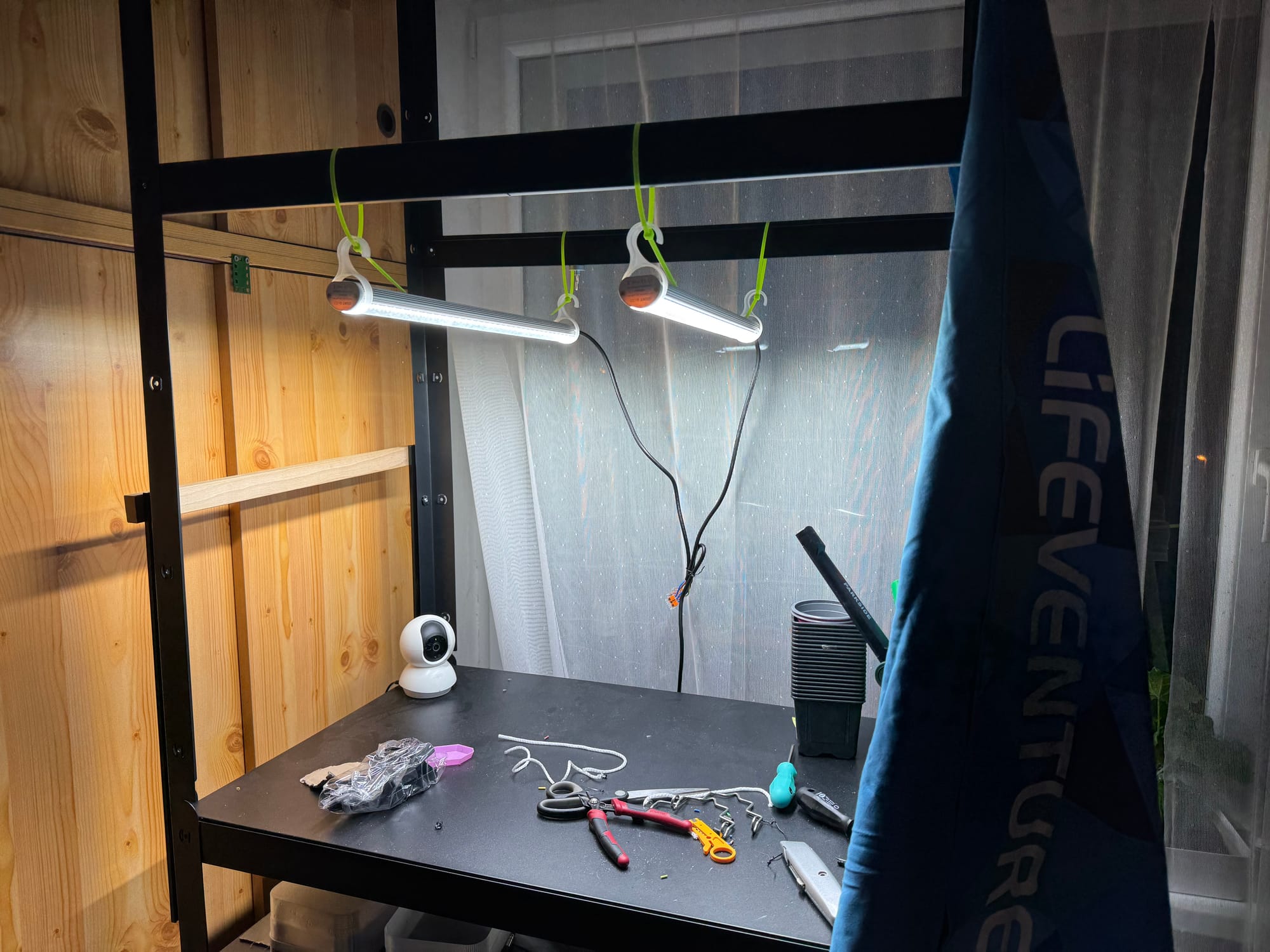
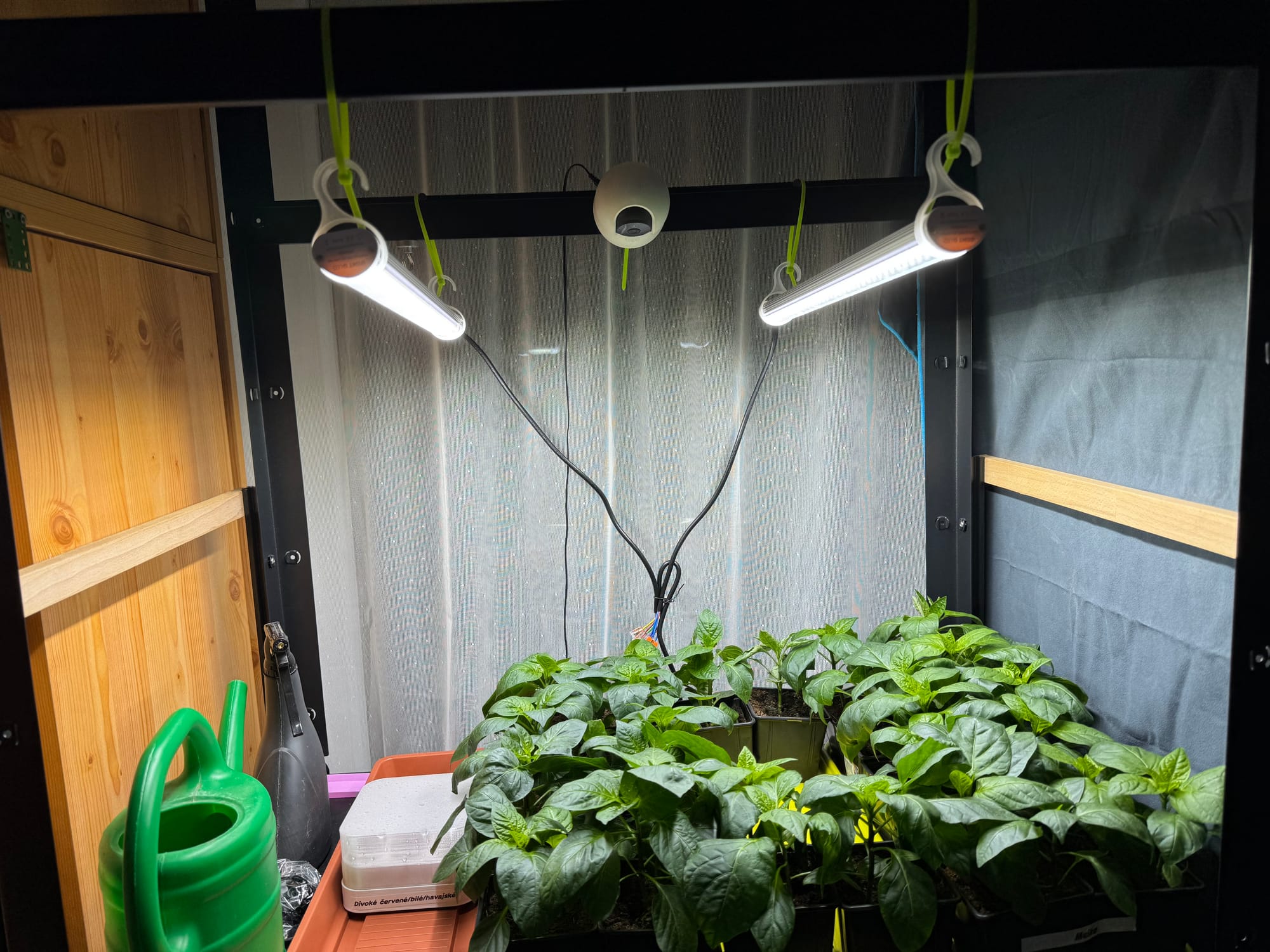
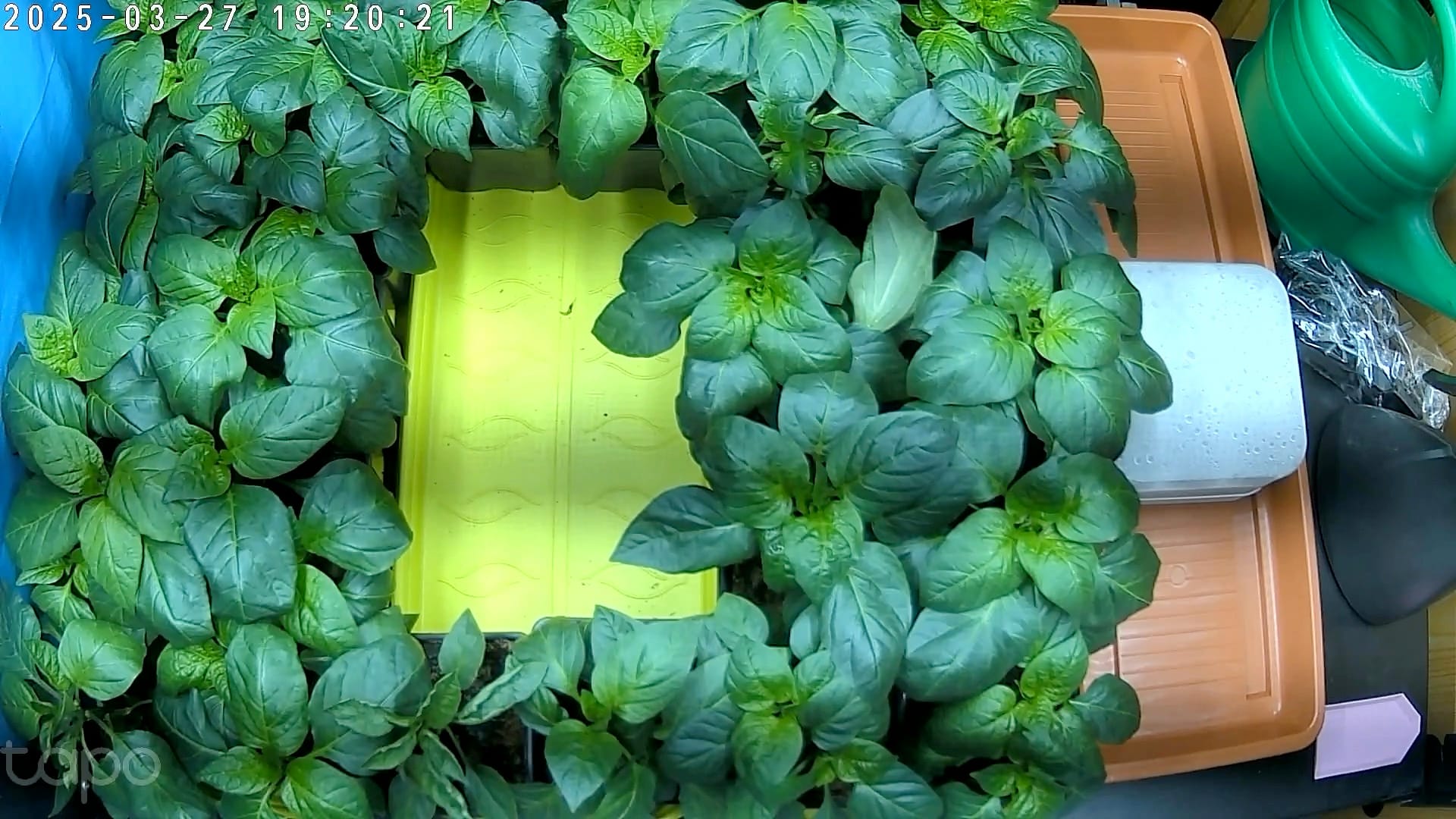
There is even a spy cam. I can watch my peppers anywhere!
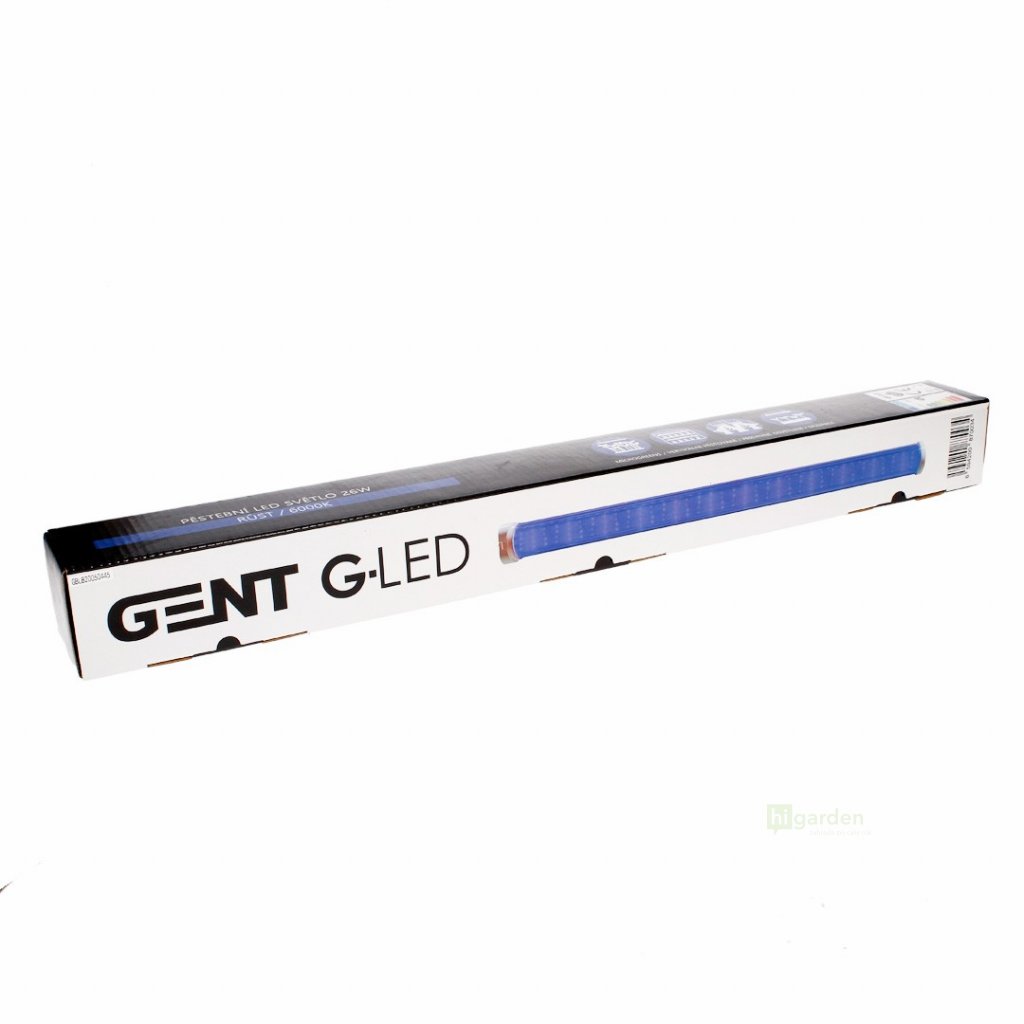
Speaking of leggy seedlings… we know them. We love them. TOMATOES! YEAH! Let's look at this year's tomatoes—since the name of this chapter speaks for itself.
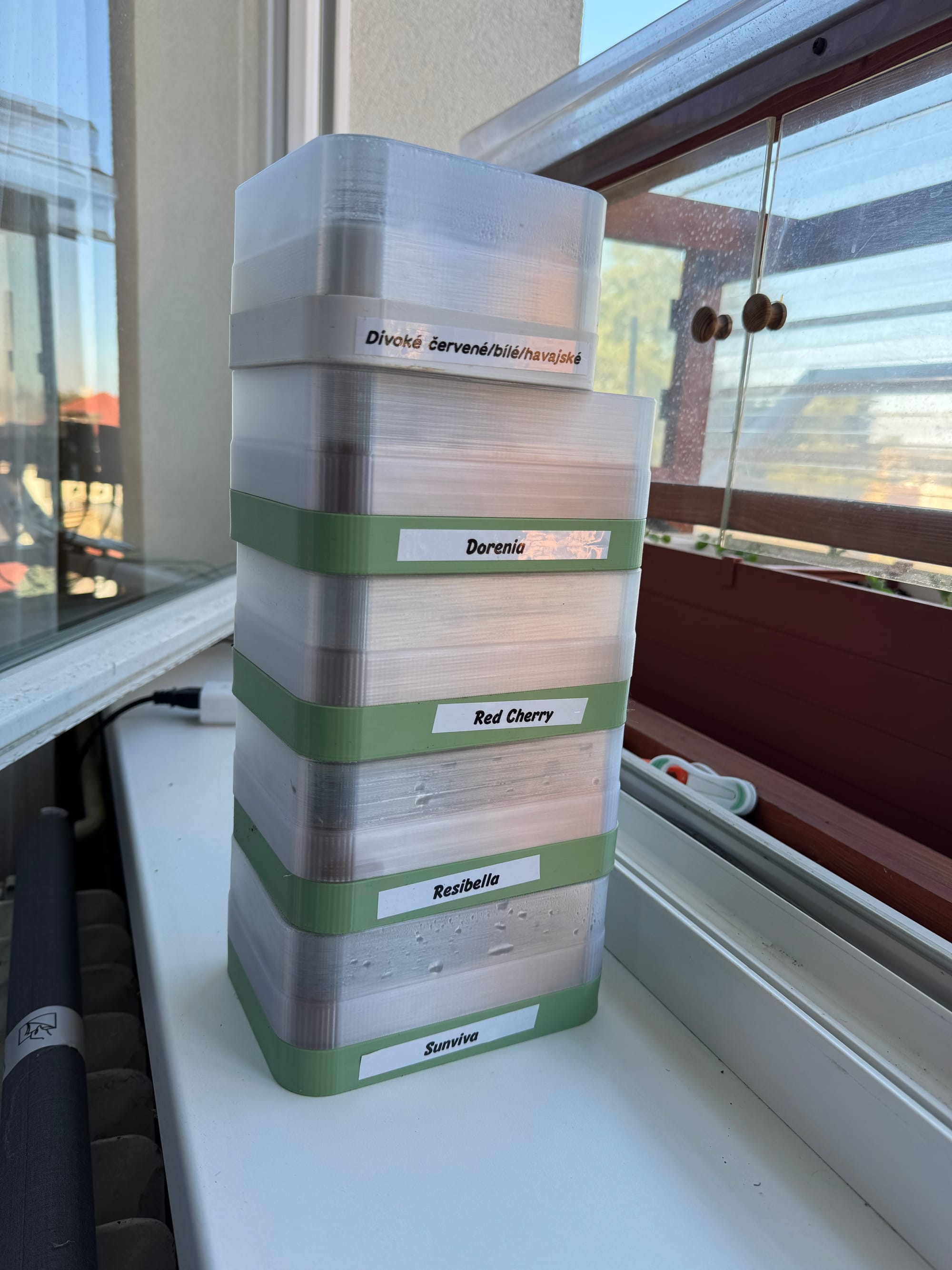
I've decided to grow only disease-resistant varieties this year. I plan to use the same spot for my tomatoes, and I'm afraid that some leftovers of the potato rot are still surviving in the area. It's not a big deal, as the only variety I grew last year susceptible to the potato rot was the Stupicke field tomato. I just have to figure out what to replace it with. I'll also replace the Primabella, as I don't find the fruit that good.
So, what did I pick? Let's take a look:
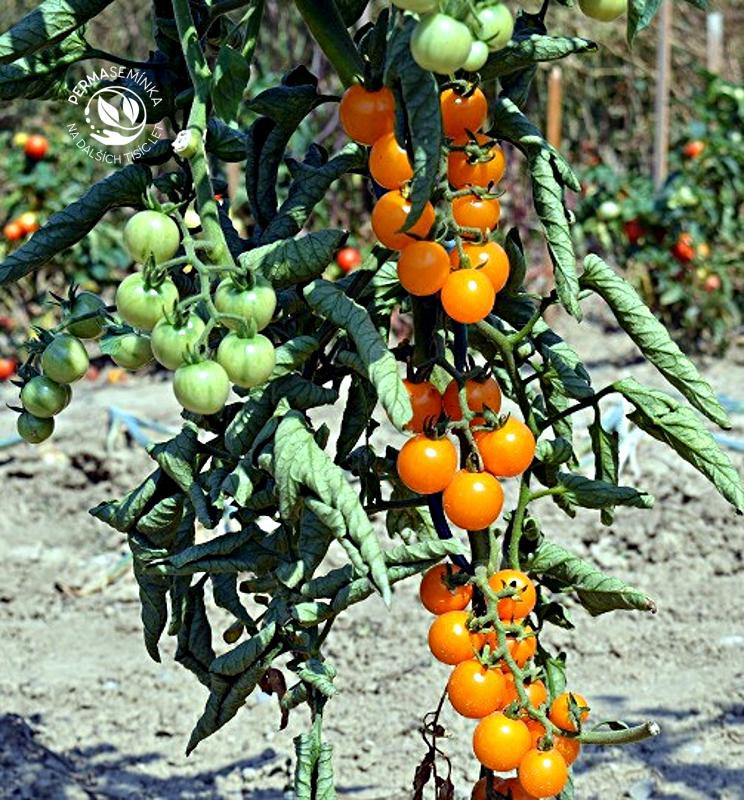
Sunviva — Ah yes. This is my personal favorite from last year. It vines like hell, is very resistant to potato rot, and has excellent taste. I'd hardly find a tomato I'd replace this variety with. I had no issues with these plants compared to others.
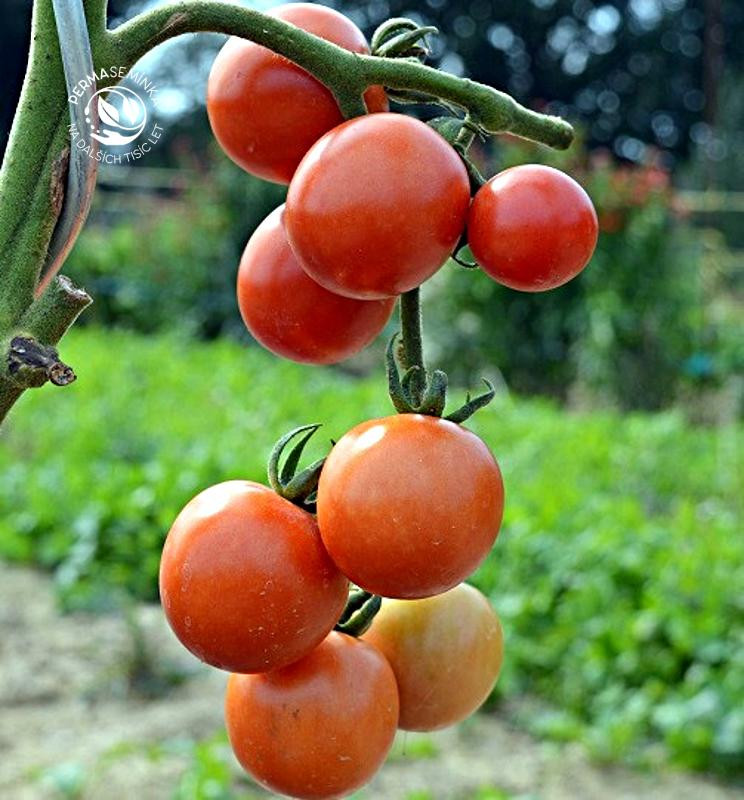
Resibella — Now let's start replacing. The Resibella variety is very similar to the Stupicke field tomato. Both are indeterminate tomatoes with similar tastes and fruits, but Resibella offers the bonus of resistance to rot. I grew this one two years ago, and it was the only variety that survived the rot at the end of summer.
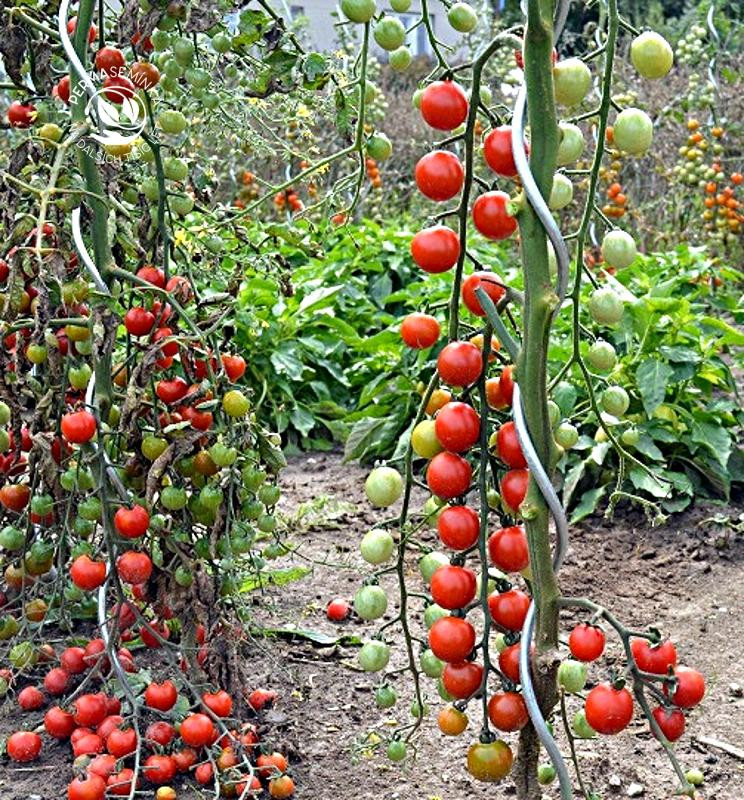
Red Cherry — The Primabella replacement. I grew this variety the same year as Resibella and had great results—especially in my first-ever hydroponic setup. I hope for at least similar results this time. The fruits are very juicy and sweet, like any other cherry tomato. It's also enjoyable to watch. It grows long vines, almost like a rope ladder, full of fruits. I'll probably try to grow them as double-stem—a method where, instead of one main stem, you selectively prune every side shoot but one and use that one as a second main stem. It increases the number of fruits, but they'll eventually be smaller.
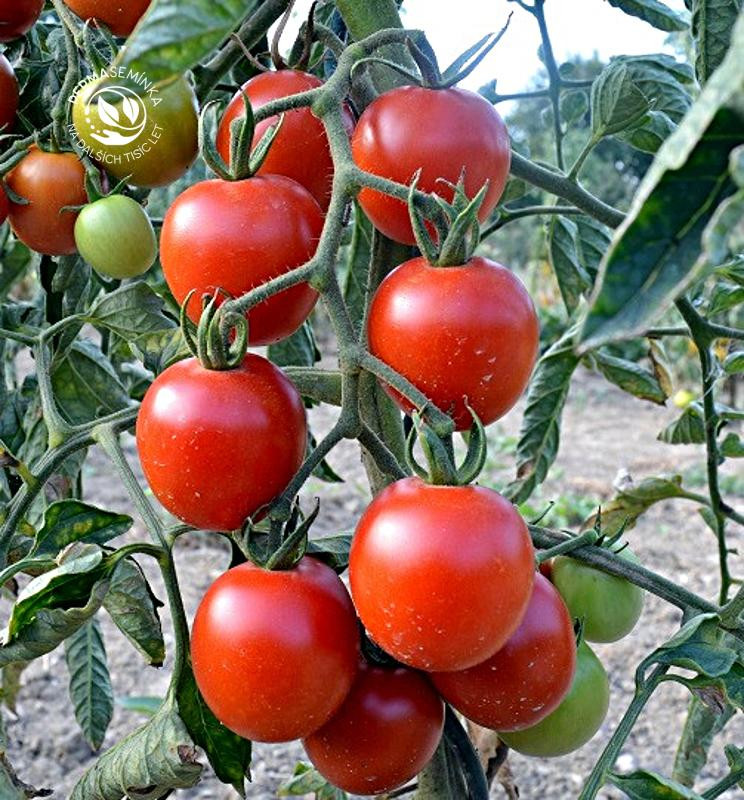
Dorenia — This is a new one for me, and probably the one for which I have zero expectations. It's another variety of German origin. The registration owner claims "some" resistance to potato rot, so if there's a plant that'll get the rot in the middle of the season, it's probably this one. But it looks nice in the pictures, and the taste is supposed to be very close to some older varieties.
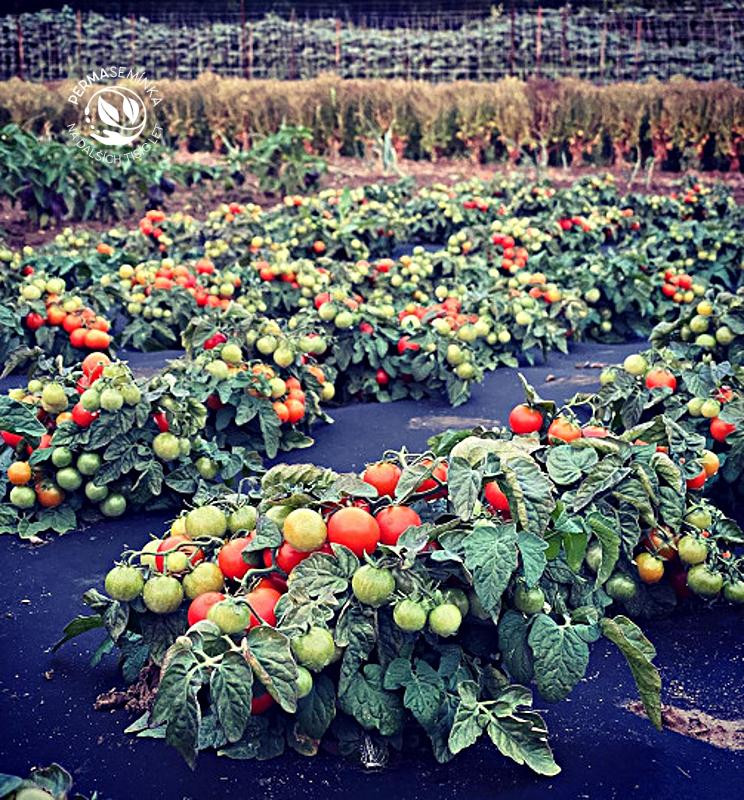
Red Robin — Absolute classic. Three years in a row and still going. This tomato is a great plant for the greenhouse. There's nothing more to say. It doesn't rot, grows into nice bushes, and produces plenty of snack-sized fruit. I'd hardly find a good replacement for this one.
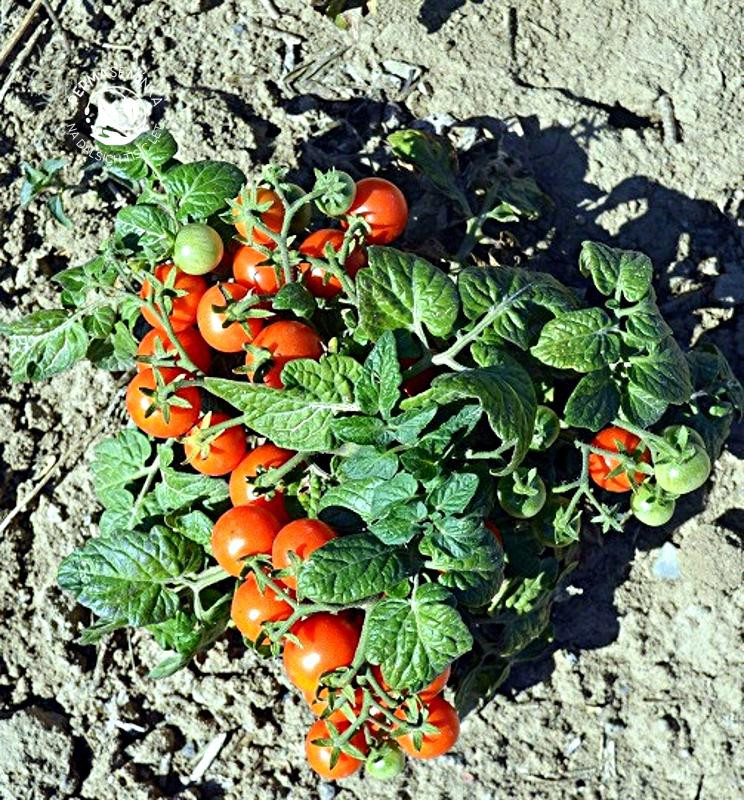
Micro-Tom — Ah yes! My favorite toy tomato. I grow this one basically everywhere. It's not meant for serious production, but it does produce fruit in such tiny places. It's my tomato of choice for compact hydroponic systems, the office, or just generally any place I deem fit for a tomato.
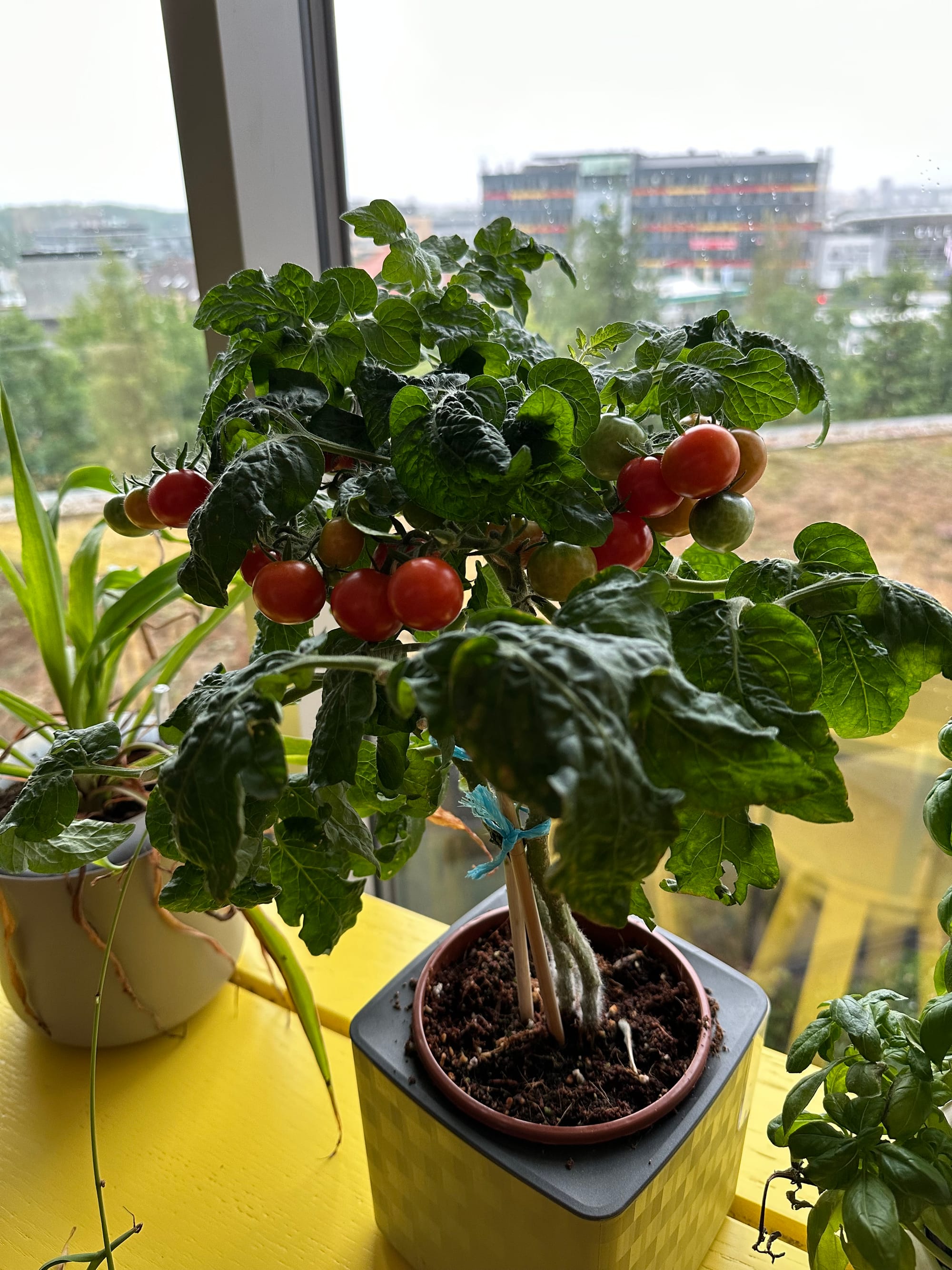
I also tried to sow some wild varieties again, but unfortunately, none sprouted. Again. I'm probably doing something exceptionally wrong because my friends have great success with the same seeds I struggle with. I tried a different substrate, monitored the temperature carefully, and even used three different varieties—but none of them have sprouted yet, and I doubt they ever will. Shame on me.
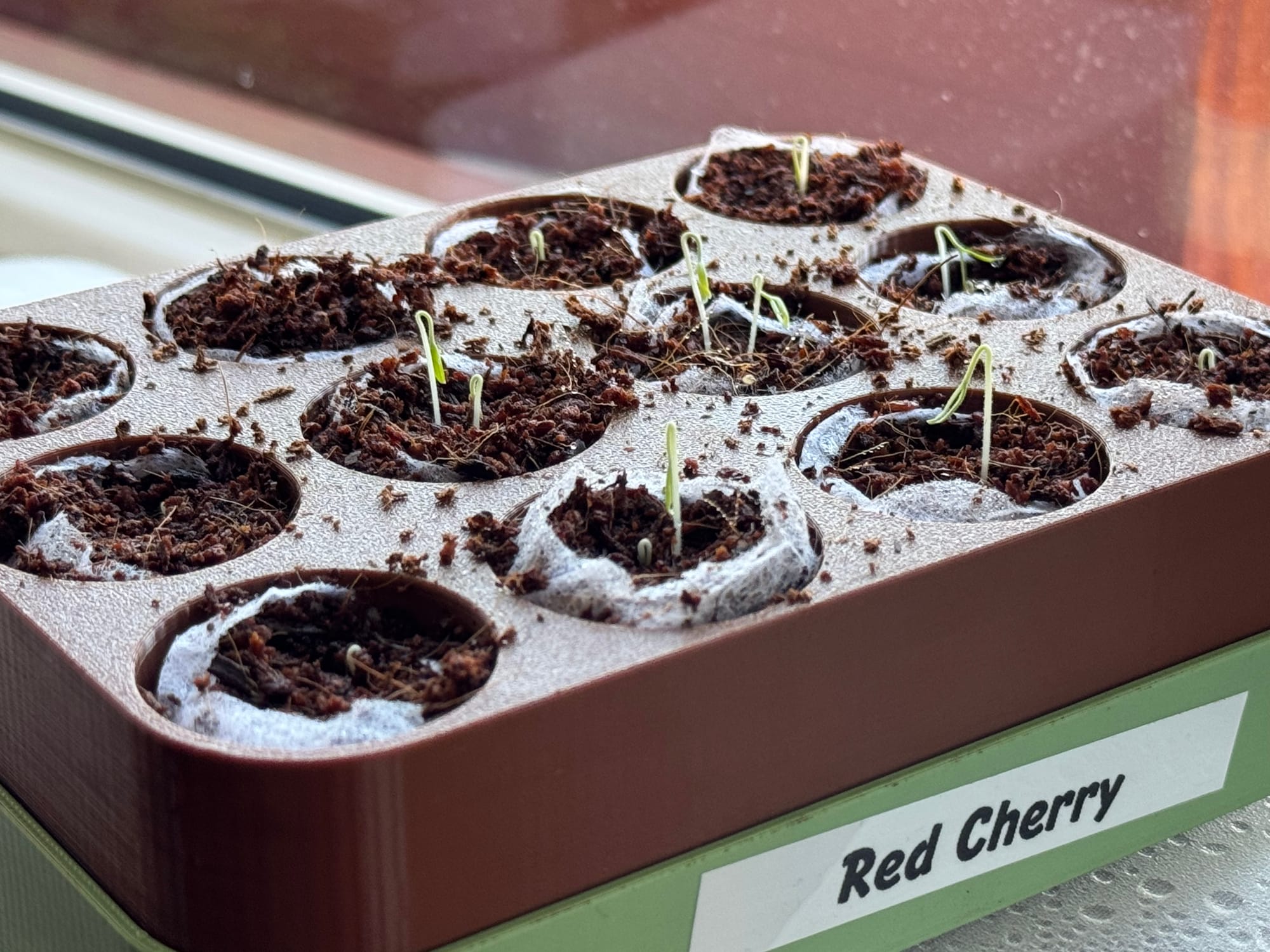
As with every year—and this one is no different—I grow the tomatoes under a grow light. It's the same one I use for my peppers, but in the LIXHULT cabinet: the ViparSpectra P600. It's the smaller version of the P2000 from my BROR cabinet, and like its bigger brother, it produces a lot of heat. Tomatoes grow faster and are more sensitive to light and temperature than peppers. A lot of light and heat leads to very fast growth. However, the heat must be in balance with the amount of light, and that's hard to achieve in a confined space like the LIXHULT. Well—long story short—the heat, the light, and the eventual imbalance between the two led to the usual thing: long and leggy seedlings.
It probably happened to you if you ever grew your own tomatoes. It's a pretty common thing for seedlings grown on windowsills—lots of heat from radiators and very little sunshine in comparison.
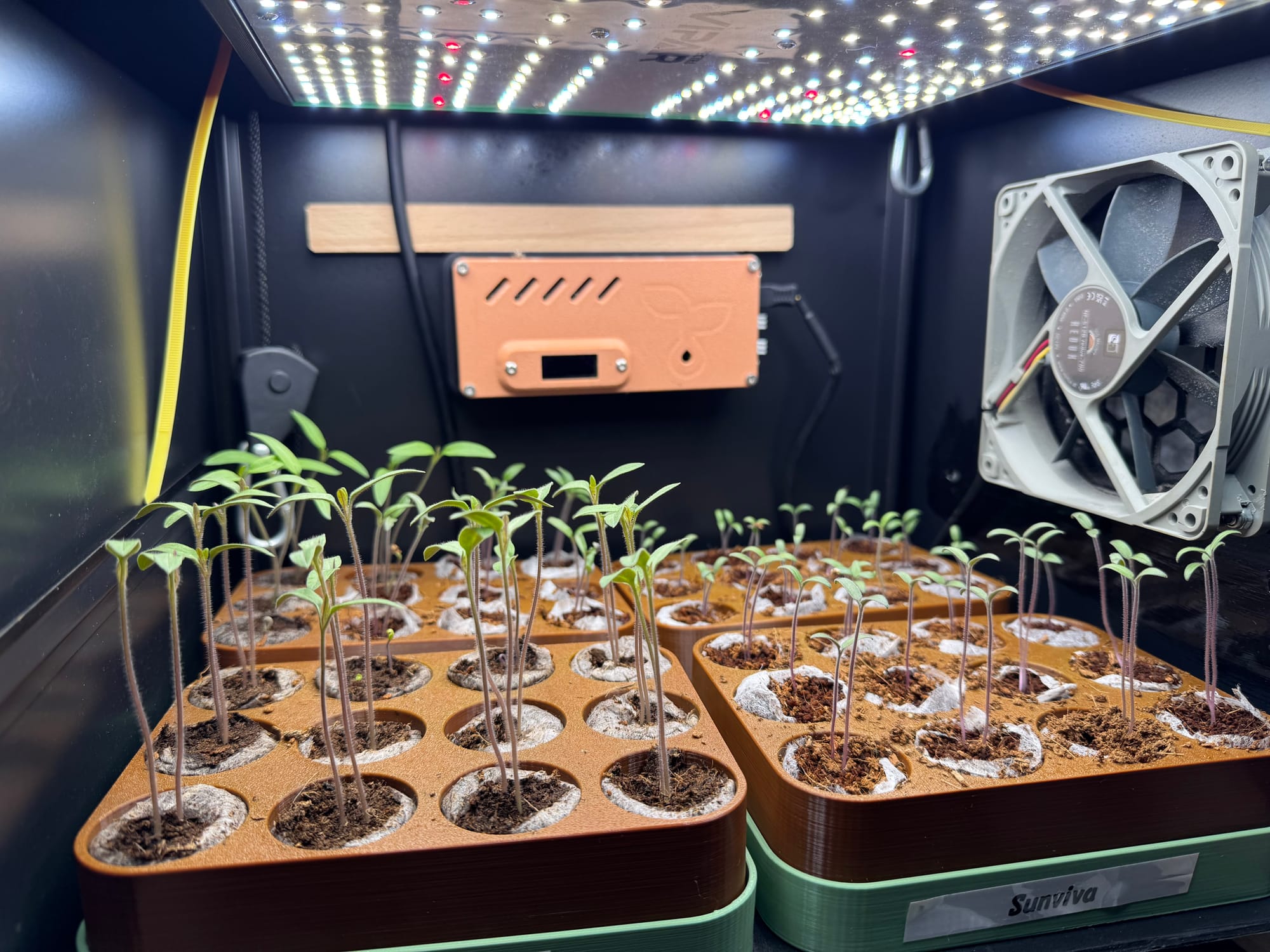
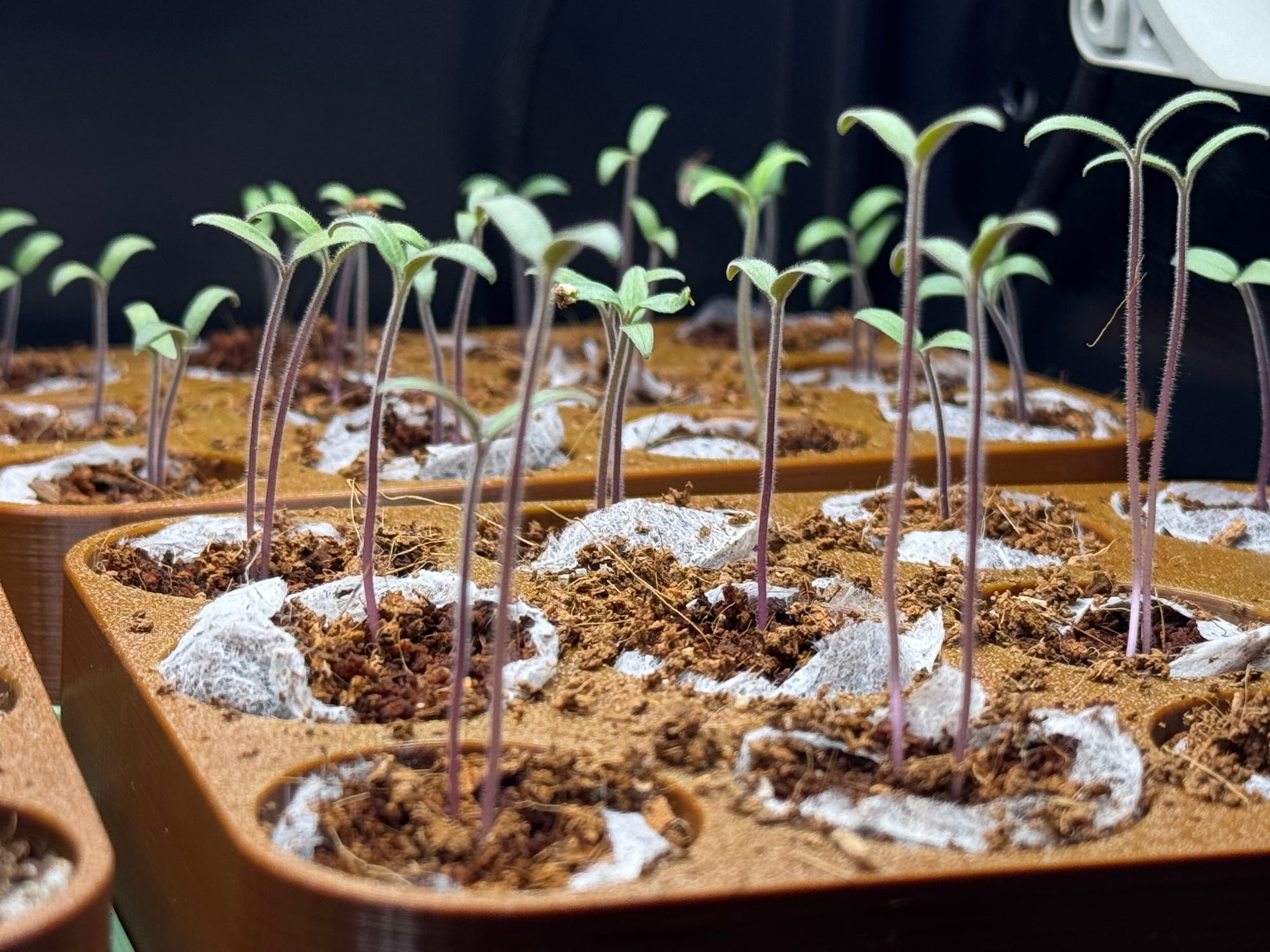
Thankfully, tomatoes are very forgiving, and this can be easily fixed by simply burying the whole length of the stem in the soil. Over the years, I've learned a visually very rough but fast method of dealing with this issue. The stem is very flexible at this point—it even survives a full bend! So all you need to do is just bend the seedling in the middle and shove it underground. Just be careful with the tiny baby root system—make sure it's cozy and covered, and you're good to go.
The tomato will soon develop roots all along the stem and support the plant. You can even speed up this process by using a root stimulator like Clonex.
And a final word on nightshades: after a subjectively successful harvest of potatoes last year, I've decided to expand on the potato venture. But instead of planting half a bag—approx. 5 kg—I got myself a hefty 20 kg of potatoes that will go somewhere.
the research and development
I like to experiment. That's quite obvious by now. And in a previous post, I mentioned the plan for growing banana plants this year. So, I placed an order. For six of them! A large Musa Basjoo plant that can grow up to 4 m tall. I plan to remove some old decorative bushes—which are no longer decorative nor really bushes—and put the banana plants there.
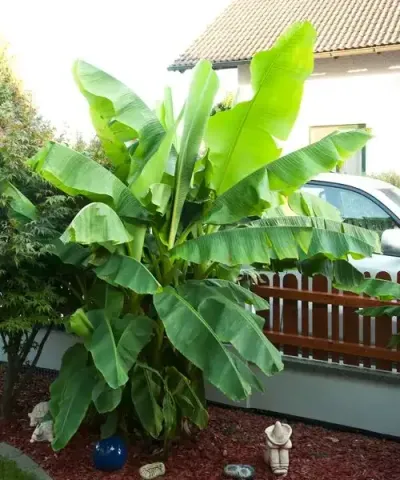
While I was ordering stuff, I also ordered a new tree—a pillar-shaped cherry tree that will hopefully complement my already existing cherry tree. I was actually ordering a new red currant (which I totally did) when the unusual shape of the tree caught my eye. A tree shaped into a pillar? Never thought of that. It's easy to cover during spring frosts, doesn't take up much space in the garden, and looks interesting. I wouldn't say nice, but certainly interesting.
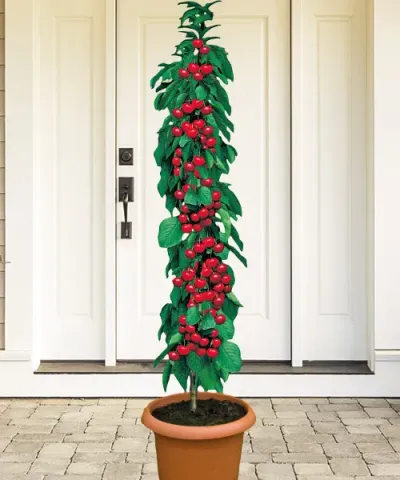
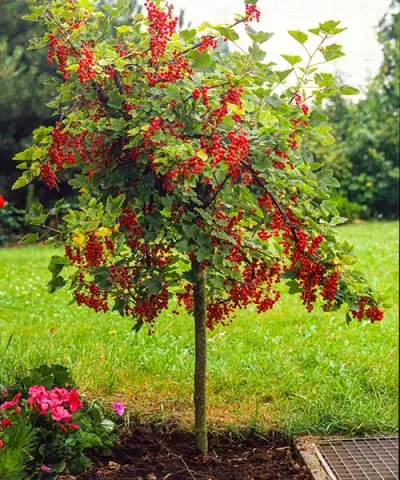
I have two experiments to mention for the "research" part of this chapter. I was really anxious in February, so I sowed some cucumbers—a whole two months earlier than I usually do—just because I want to figure out how soon is too soon for cucumbers in my greenhouse. As mentioned, I plan to fill the greenhouse only with peppers and tomatoes this year. Well, I still plan to, but I realized that tomatoes and peppers won't move into the greenhouse until May, and I've got two whole months for greenhouse experiments.
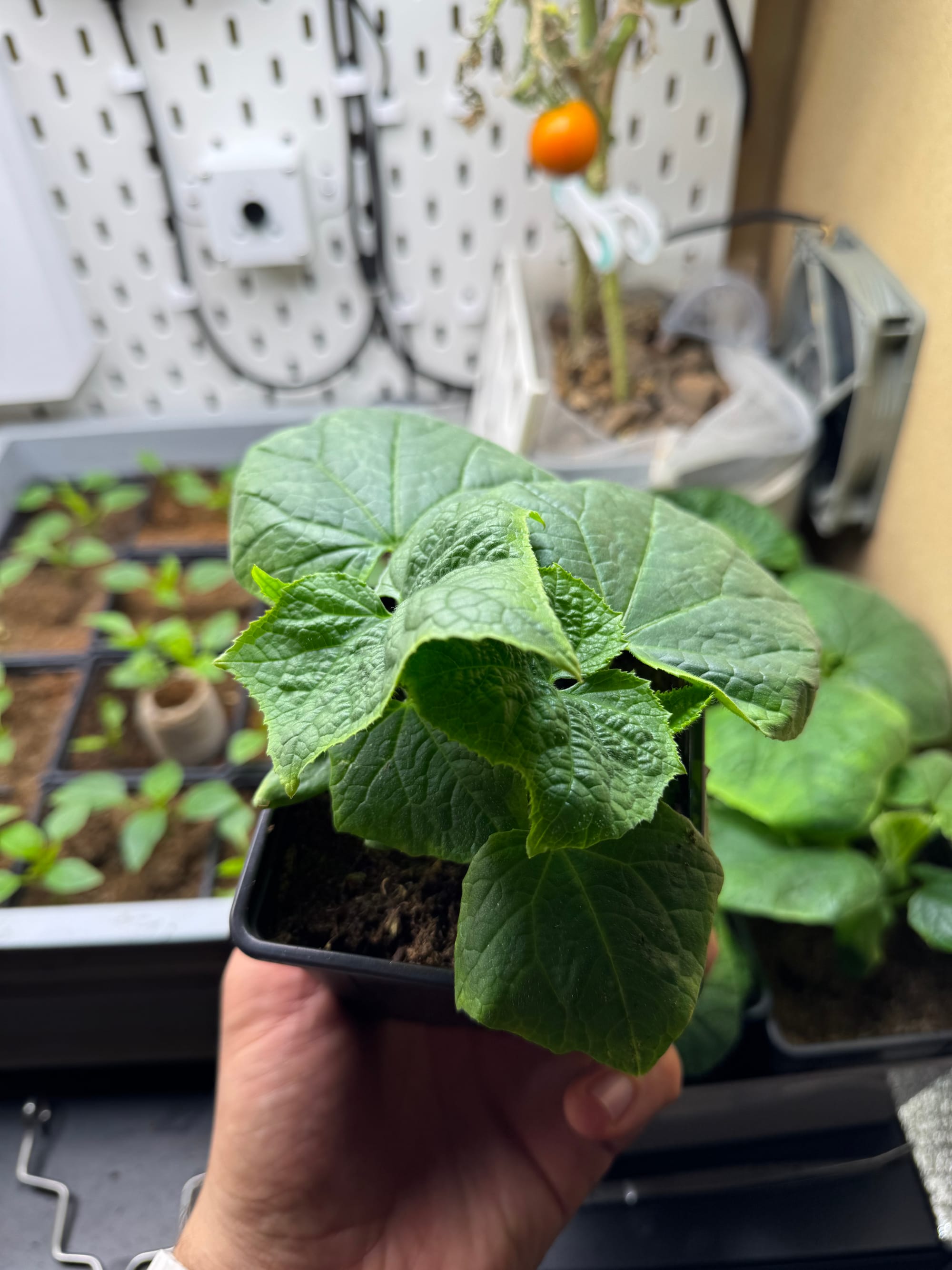

After two weeks under the grow light, I had strong and healthy seedlings ready for the greenhouse. I removed the little greenhouse from top of my kohlrabis, as it was getting too warm for them, and planted two cucumbers inside. I placed a black bucket of water as thermal mass and irrigation and waited.
I didn't have to wait long. Only two days—to figure out that the second week of March is indeed too soon. Two down, four more to go! But honestly, I don't know what I expected. Moving the plant from a warm and cozy place to the total opposite… yeah. Let's harden the plants for a while and try again in, like… two weeks! So I did. In the last week of March, I moved another batch out after a week of hardening. Let's see how this ends up.
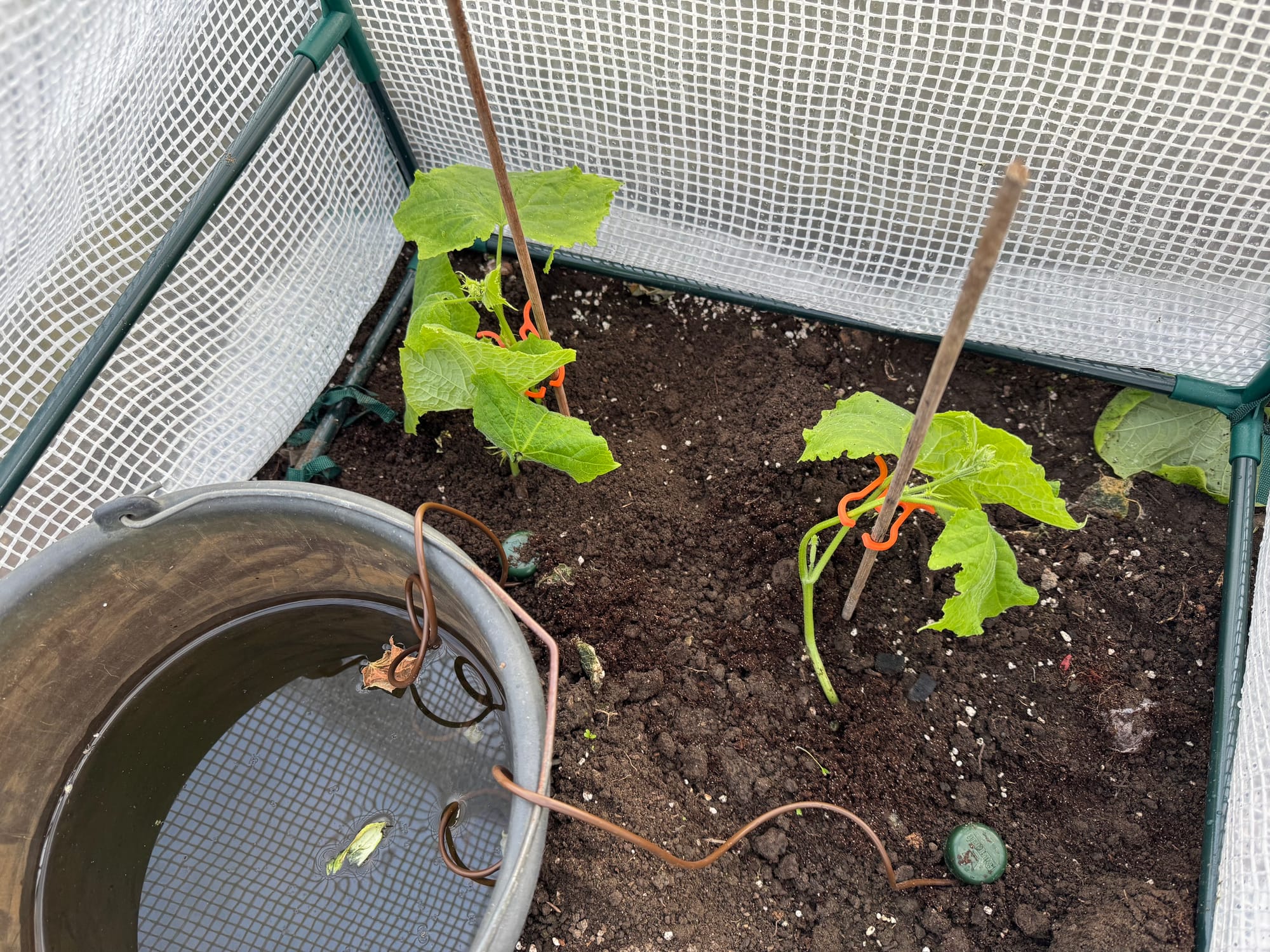
Since the large greenhouse serves an experimental purpose, it's time for the small windowsill one to serve the same purpose too. I have some experience using hydroponics with tomatoes, herbs, and salads. I have a lot of peas on hand right now, and since it will take some time before the windowsill greenhouse fills up with Micro-Tom, I’ll grow peas in the meantime. They're generally fast-growing and frost-resistant, very low maintenance, and like only a weak solution of nutrients. I'm really curious about how fast these will grow in current conditions. It would be great to squeeze everything out of them in just 60 days. Maybe I'll interplant them with some radishes. Who knows.
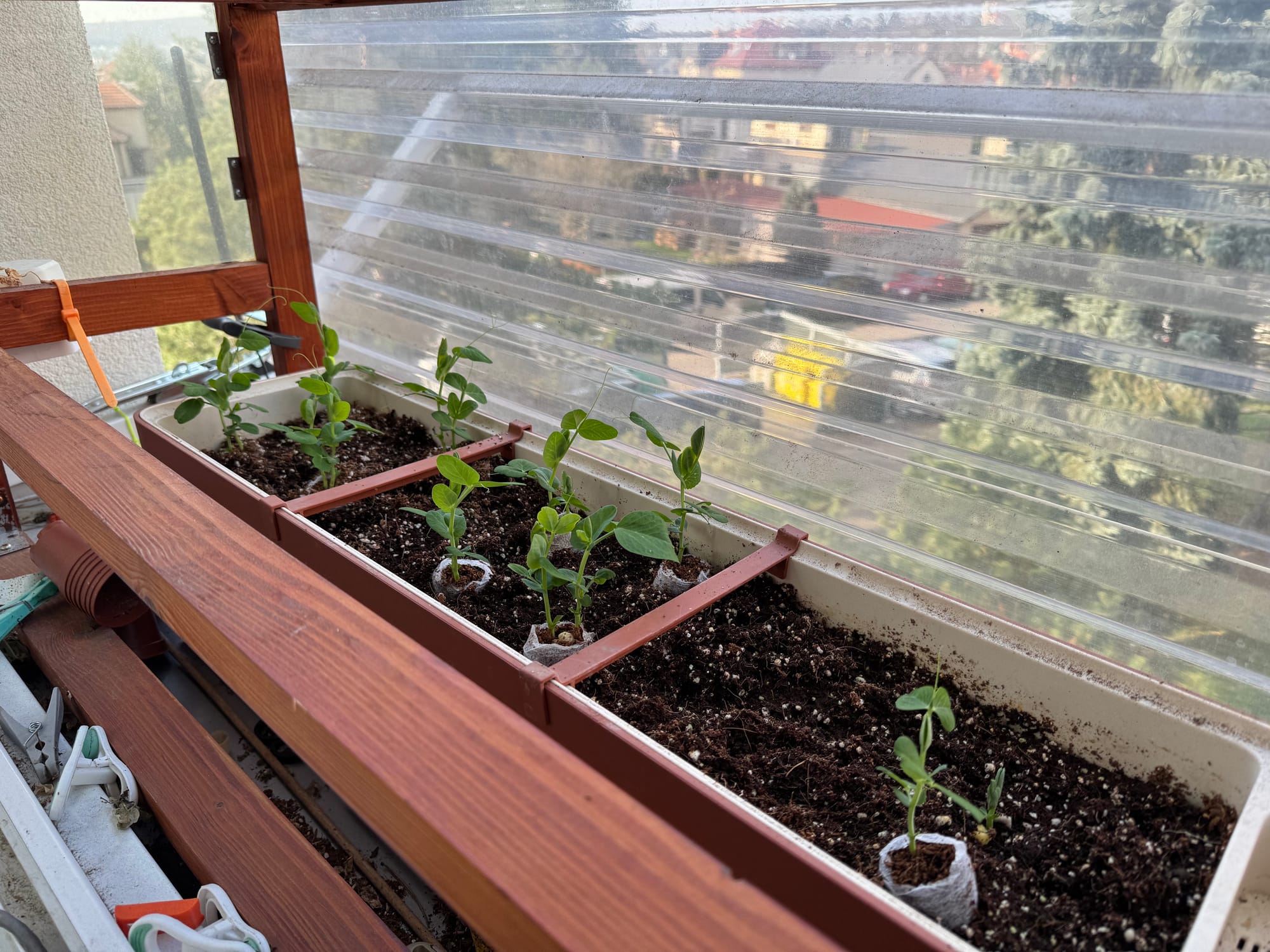
the market development
Now we can finally move into my garden. I'm happy to announce the garlic survived—and is very happy. Seeing the garlic in equally spaced rows, with enough space in the middle for radishes, is oddly satisfying. The spacing is very favorable for multiple harvests of radishes, as they mature quickly and don't compete with the garlic for nutrients. The garlic, on the other hand, offers some protection from pests for the radishes. It's a win-win situation. And in July? After the garlic harvest? I'll put a metric ton of beets in there.
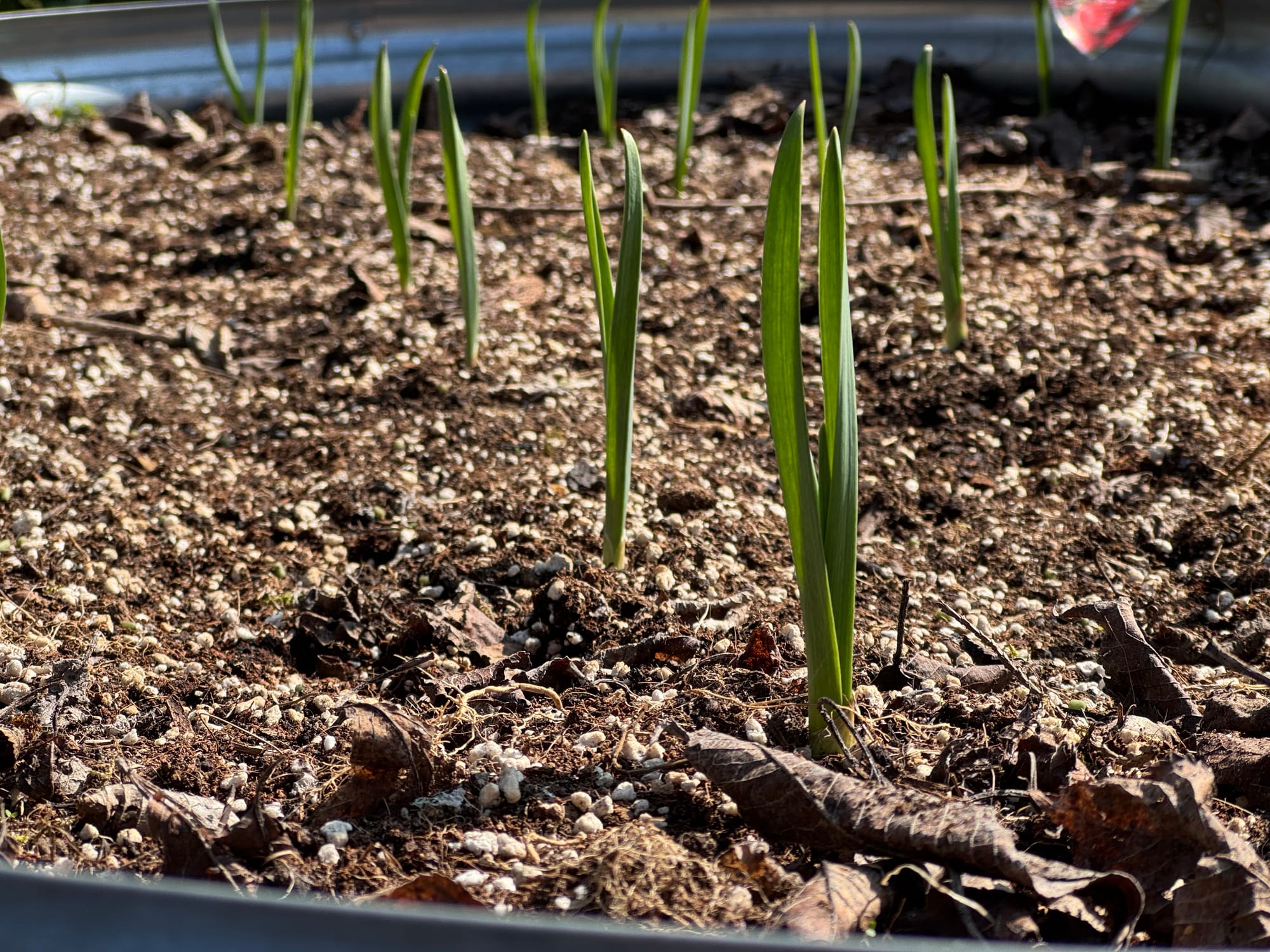
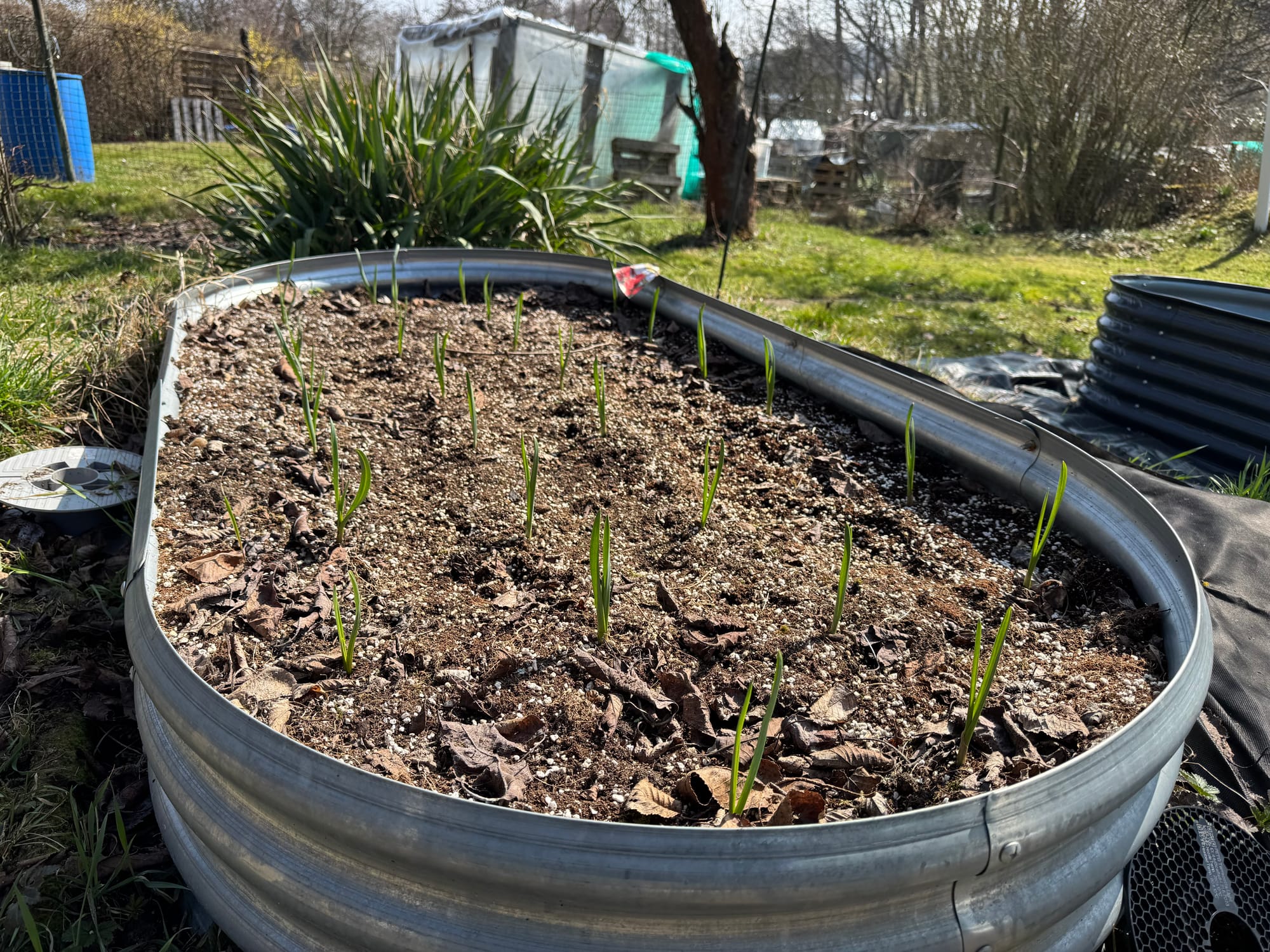
As you can see, the garlic occupies the bed I used for pumpkins last year. This is intentional because garlic—like pumpkins—must be rotated annually for the best results. Growing garlic in the same spot every year exhausts the soil and increases the chance of overwintering pests. The same applies to pumpkins, melons, and cucumbers. Since I grew pumpkins in both beds in this area, they are off-limits this season. The first bed is designated for garlic and radishes, the other mostly for red onions, but I also put leafy greens and peas there. This is not exactly a good match, and I hope there are enough nutrients. In the end, there's enough space between them.
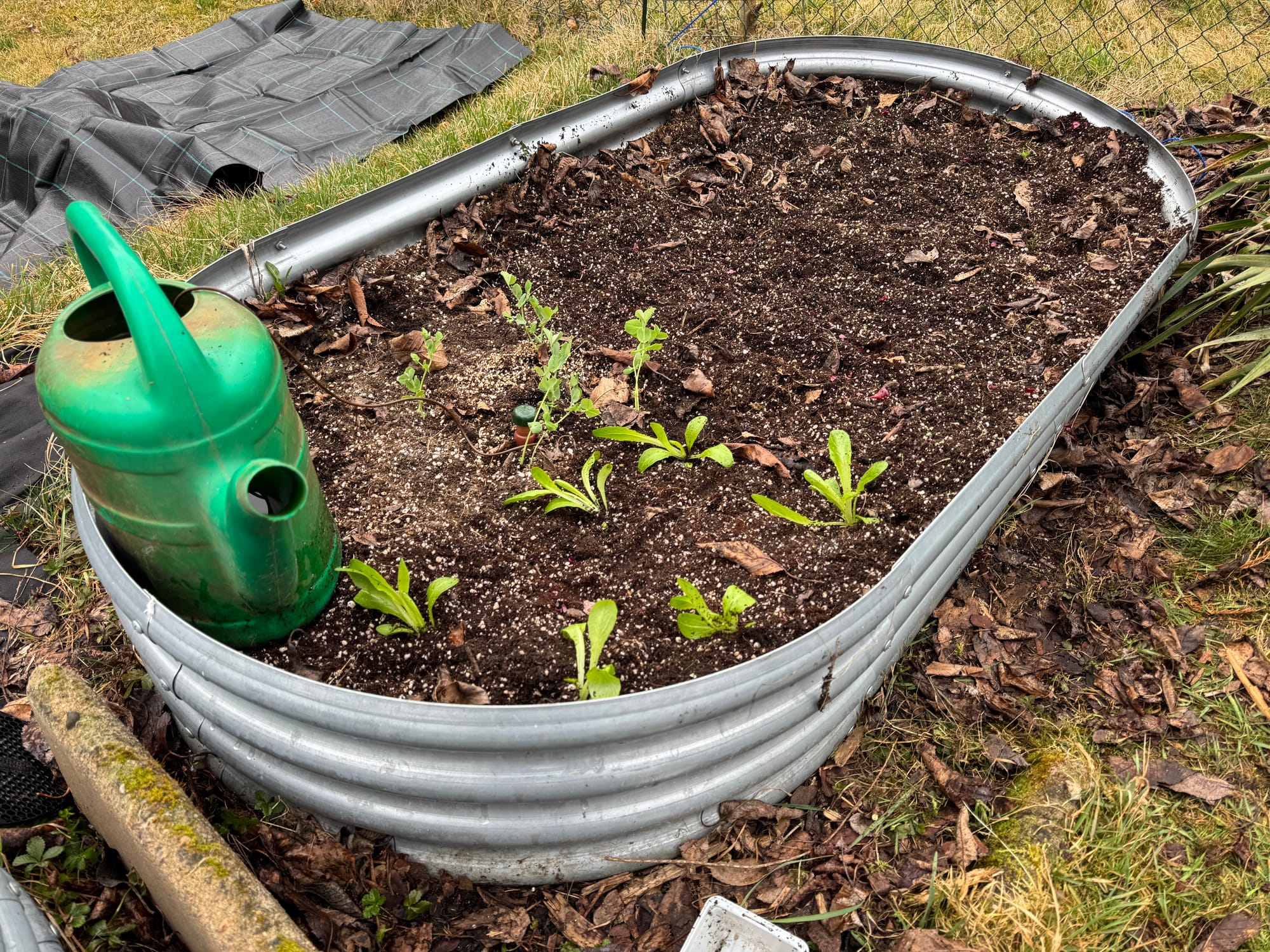
But where do I put my pumpkins? Will I even grow pumpkins? What about melons? Where will I fail to grow melons this year? So many unasked questions.
There's a saying:
"If life gives you lemons, just give up and buy more garden beds."
So I did, you know. You have to listen to mystic traditional sayings. Otherwise, you'll lose skin on your genitals. I got myself two more beds. I tried to buy exactly the same as the ones I already have, but to no avail—they were sold out, so I got a different one.
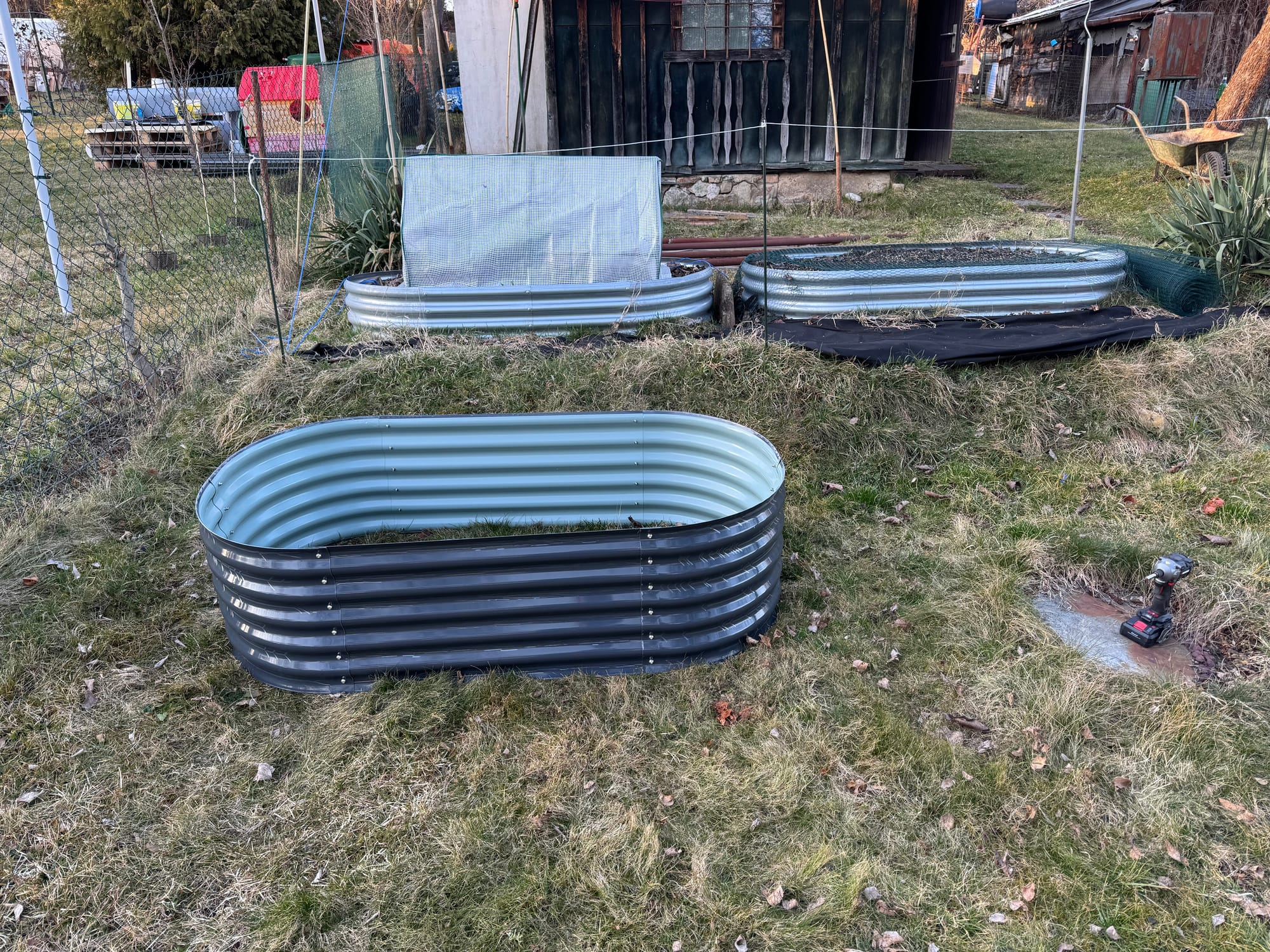

This is sold as one 160×80×80 cm raised bed, but it's actually two 160×80×40 cm raised beds on top of each other. I guess it's easier to ship and manufacture this way. And compared to the old ones, this one has a top coat. I want to see how long it lasts before the paint starts peeling off in the sun.
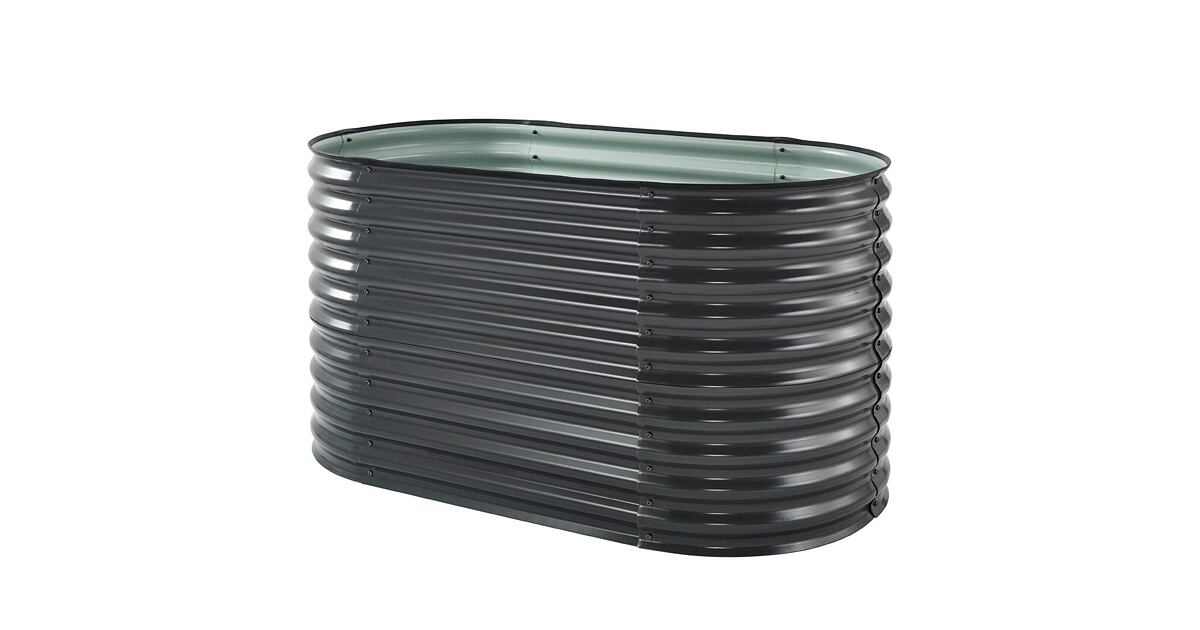
I filled them with the same mix as last year: some old branches, mulch from the other beds, a general-purpose substrate with barely any nutrients, and a shit-ton of compost. I was short two bags of substrate, so I topped it up with high-quality soil, "Hnojík", and mycorrhiza.
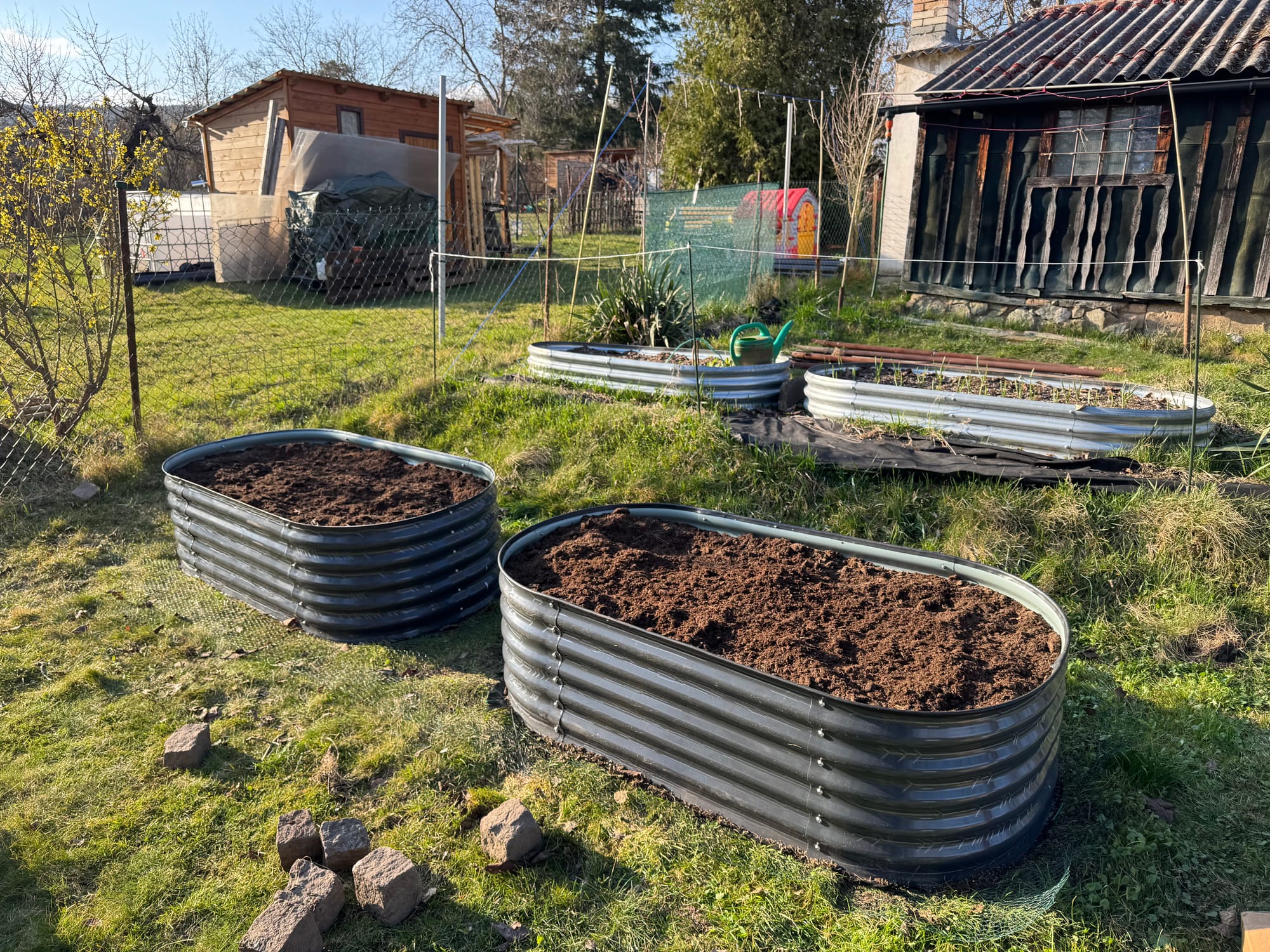
But that's still not all! I have one more smaller bed waiting for me at the post office right now. More real estate! More everything! That's the spirit! And I'm still unsure what I should grow there, as I originally planned only one new pumpkin bed. I have to figure it out.
To increase my growing real estate even more, I've finally removed my old wood storage. I wasn't using it anymore; it was full of trash, rotten wood, and, in general, an eyesore. I dismantled the construction, leaving only a small section that wasn't rotten to the bones. There was a large tree behind the shed. Cutting the tree itself wasn't much of a hassle, but oh boy—the roots. I had to dig, chop, and pull so many of them. And if you've ever hit a root with a shovel, you know how much of a pain it is.
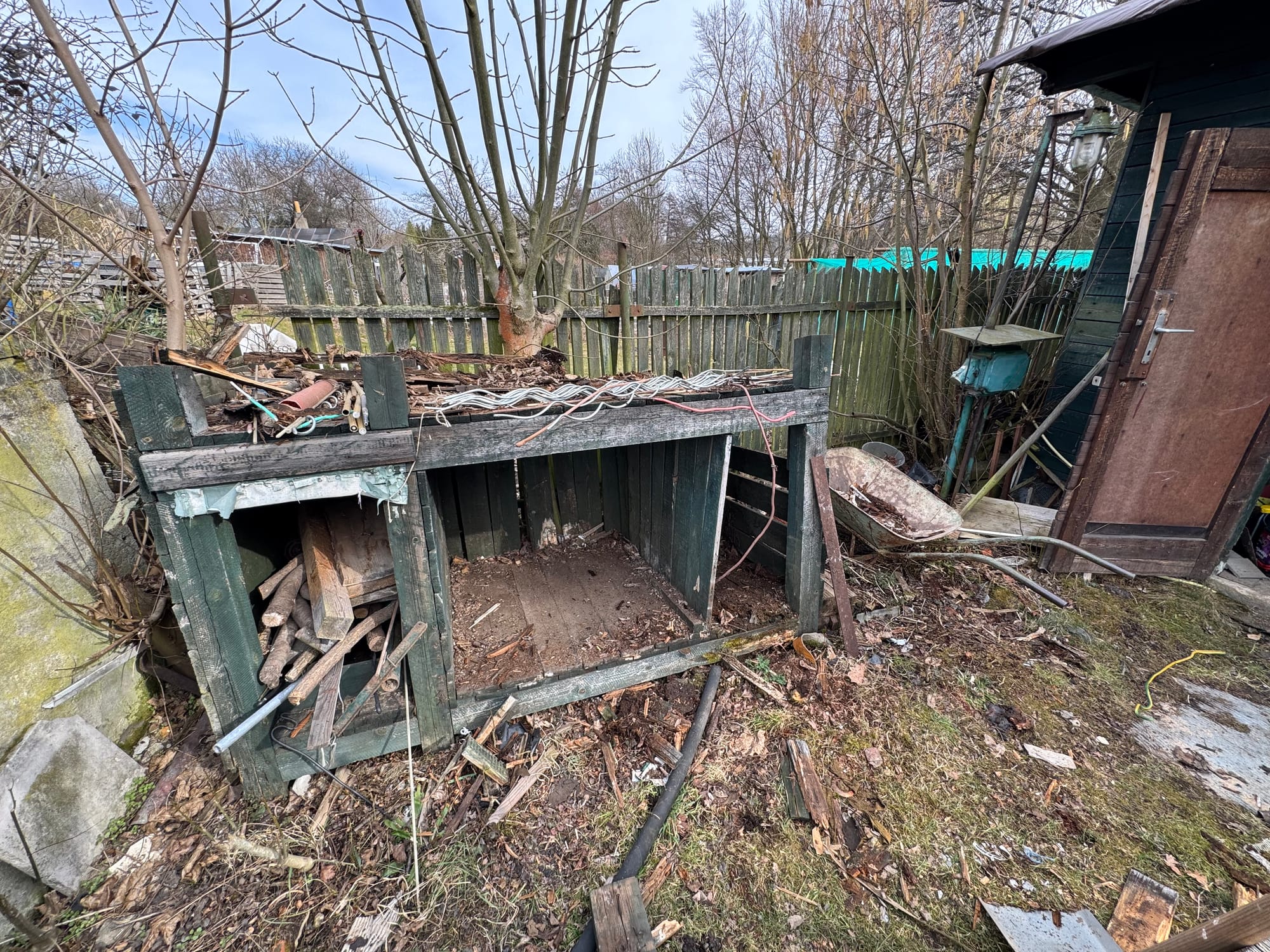
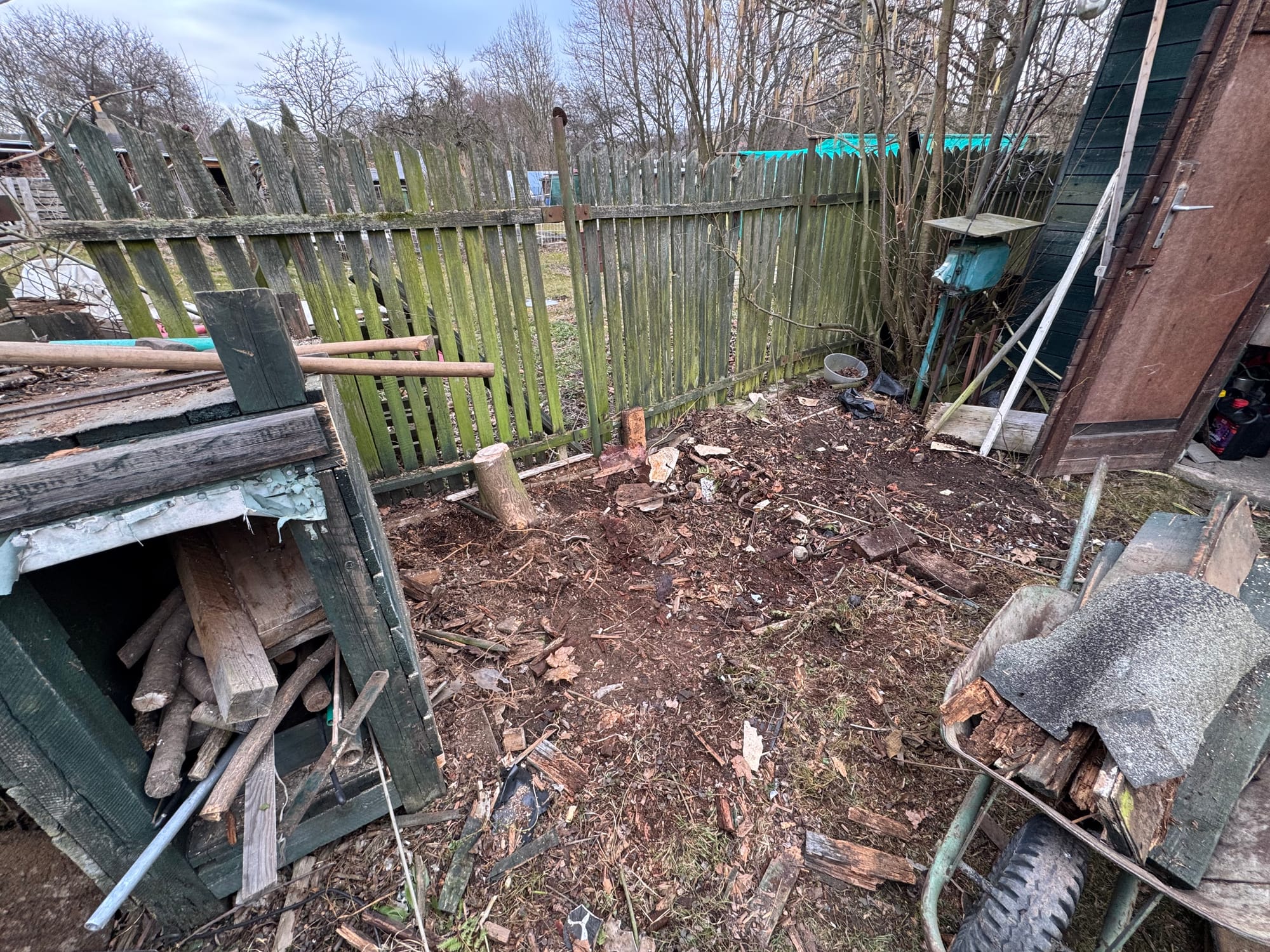
The fence behind is also rotten and damaged. I have to replace it with a new mesh fence, as the wooden one casts too much shadow.
After clearing the trash, countless spools of random fabric, plastic bags, and random pieces of an old hose, I finally had a surface for a weed barrier. I plan to grow only in containers in this area, so I don't care about the quality of the soil underneath or any rodent protection. I only want it to look pretty. So, on top of the weed barrier, I put several bags of chopped bark to surface the area. And in the end—it's a pretty nice place for my liking.
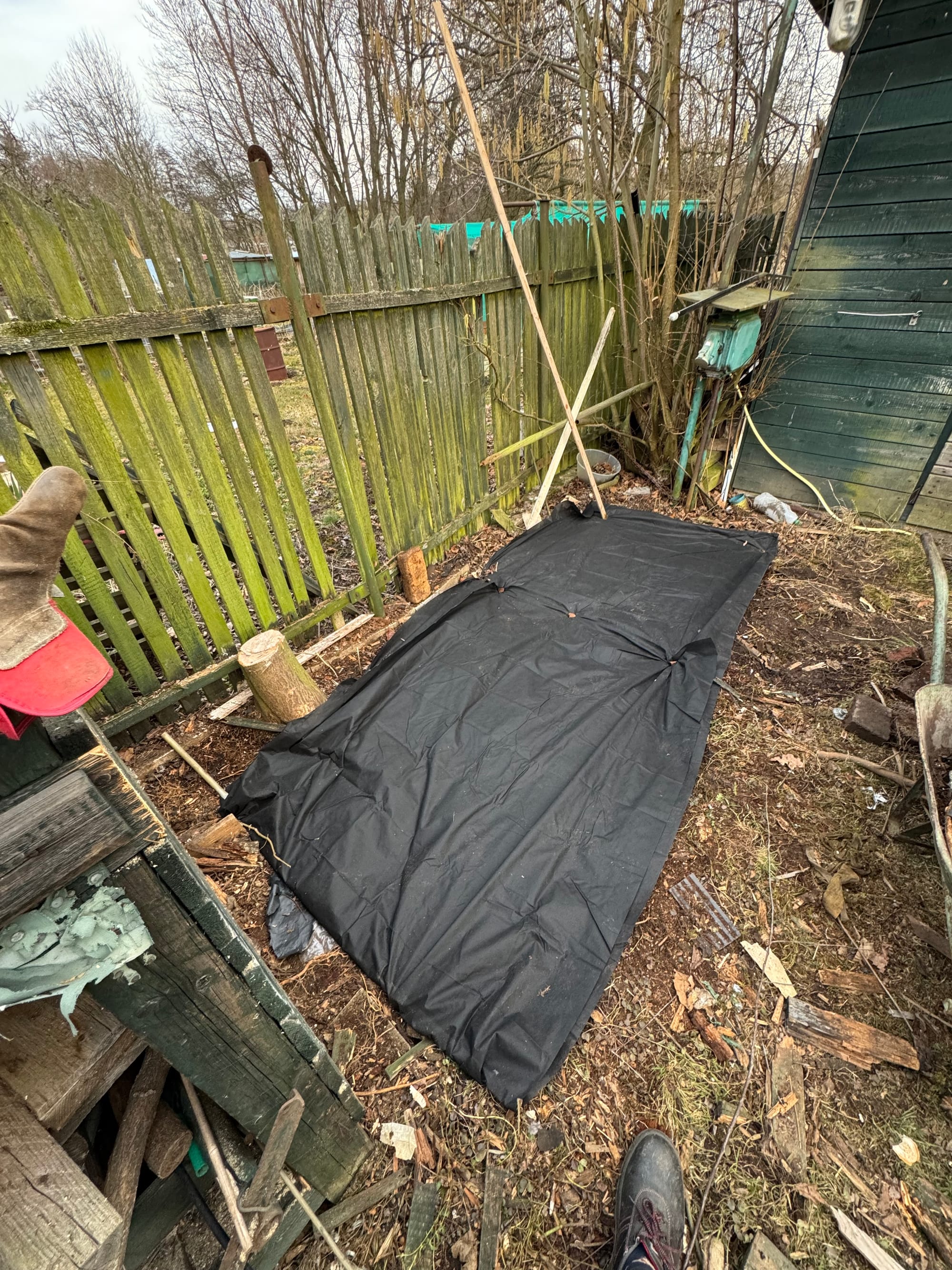

I am aware of the remaining trash. There is still some stuff to cut and remove.
I want to set up some hydroponic systems there, which means I have to build a roof over the plot. I first thought about concreting in the posts, but since I'll be using lightweight polycarbonate and the posts won't carry much weight, simple ground spikes will do. I just hope I won't hit any cable.
All this prime real estate will require a lot of water to maintain, you say? Maybe not—but you'd be absolutely right. My water storage last year could hold ~1200 L of fresh water. I don't count the tank with hydroponic nutrients—another 250 L. And I ran out of water at the end of summer. THAT IS UNACCEPTABLE! So, I roughly doubled the storage capacity with a 1000 L water tank. I'll strategically place the other tanks around the garden to serve as water sources for each area, refilling automatically from the large one using float valves.

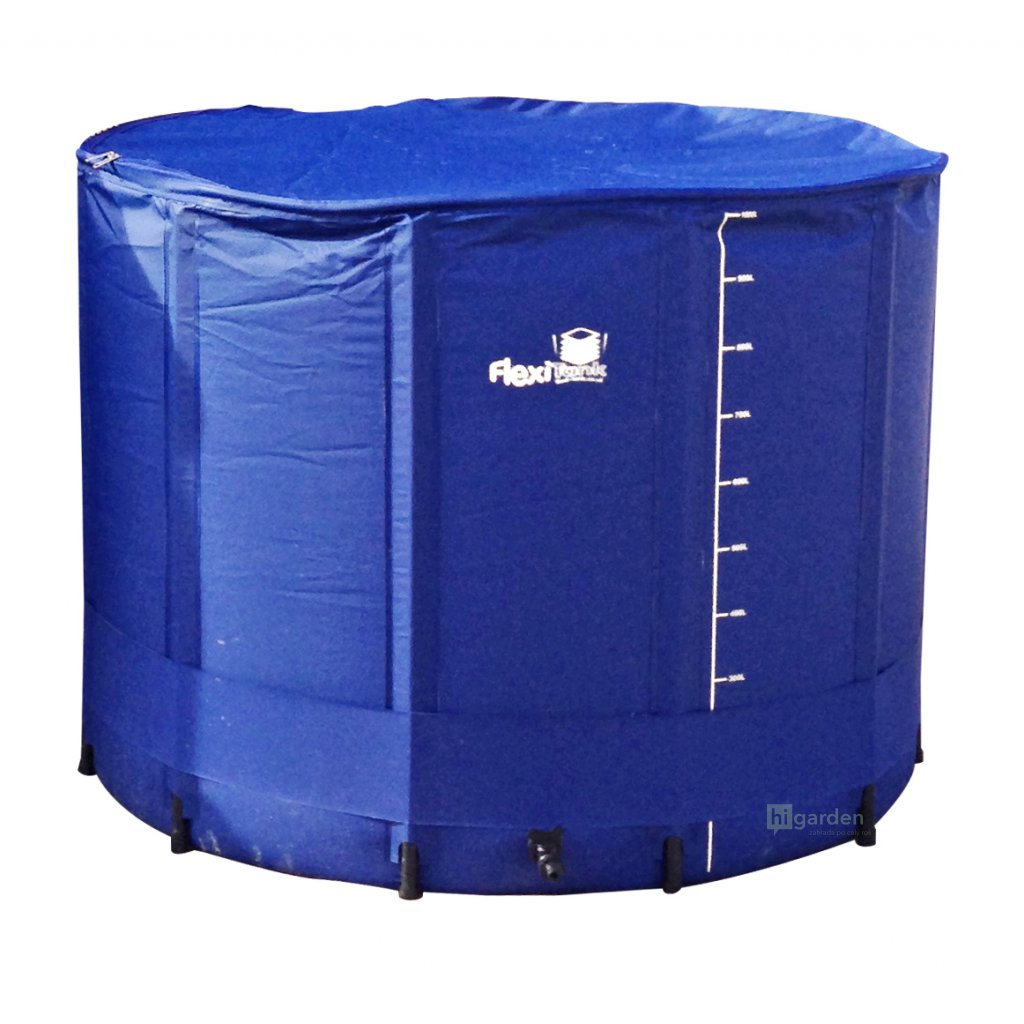
You might remember that April was titled with some colorful words last year. I don't want to foreshadow anything, but this year might be just as colorful and hateful as the previous. The forecast predicts an incursion of cold Arctic air right after some dry and sunny days.

Exceptionally grim outlook, let me tell you. I plan to prevent my cherries from dying at any cost, and I hope I'll inform you next month about successful results—rather than sentences full of fucks and shits.












Member discussion